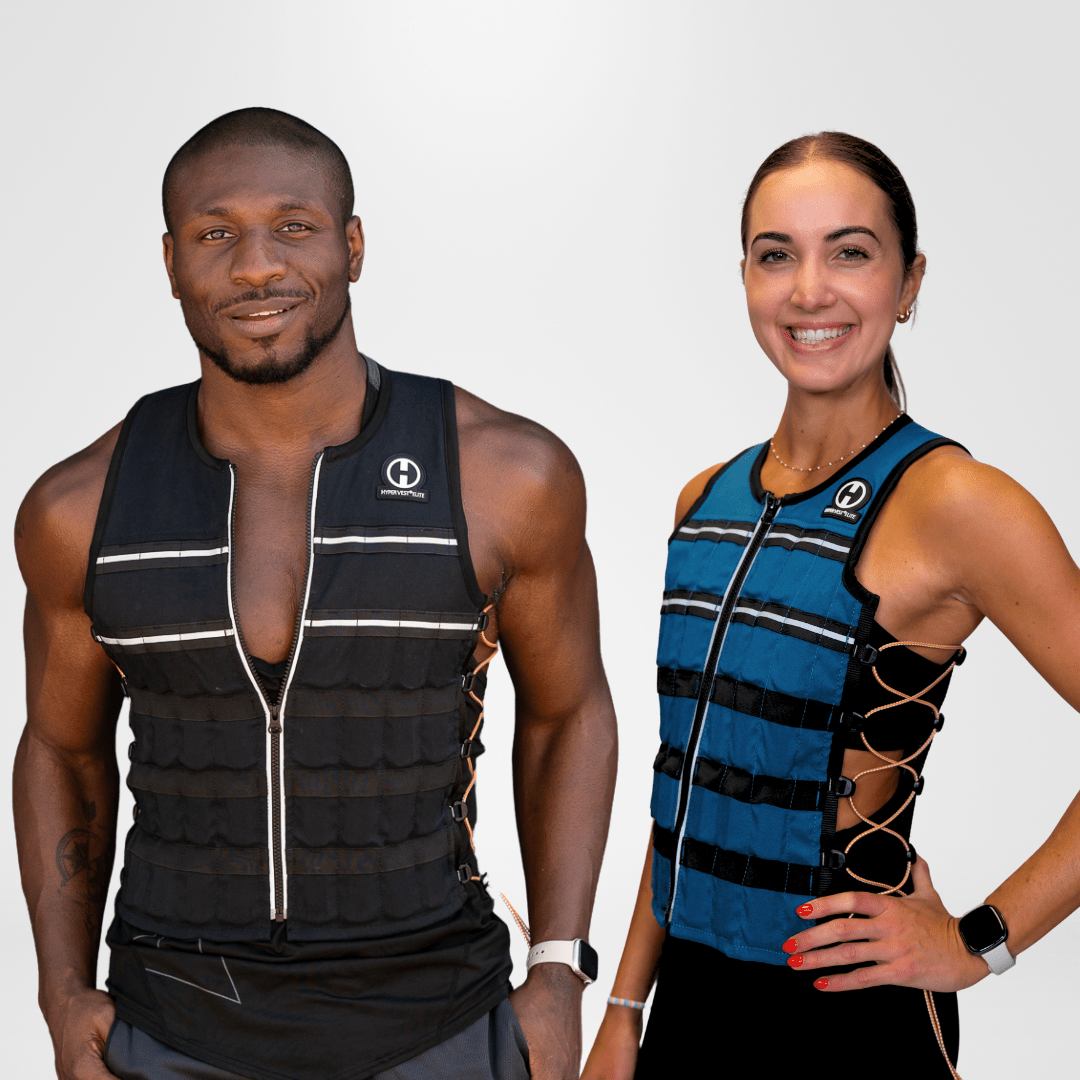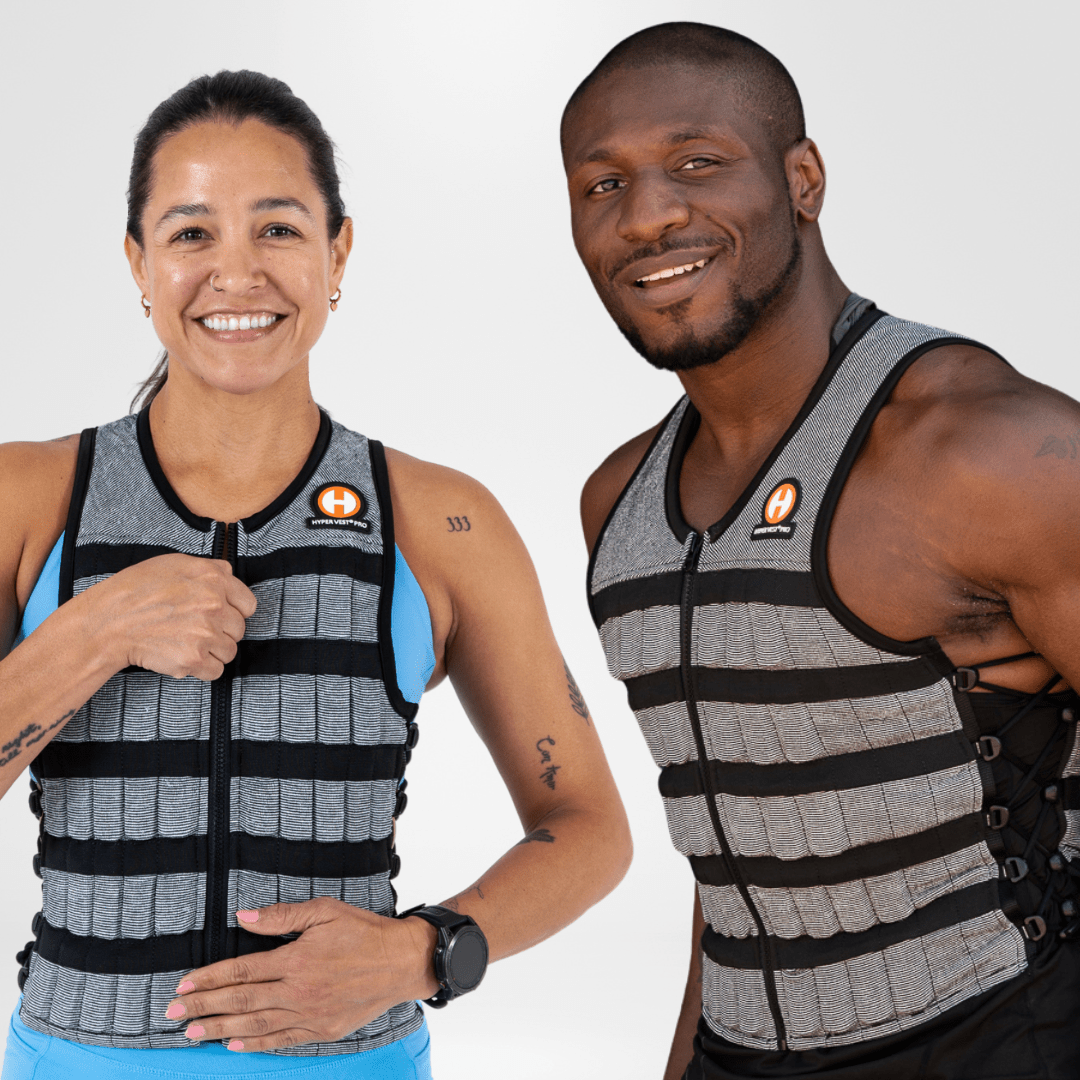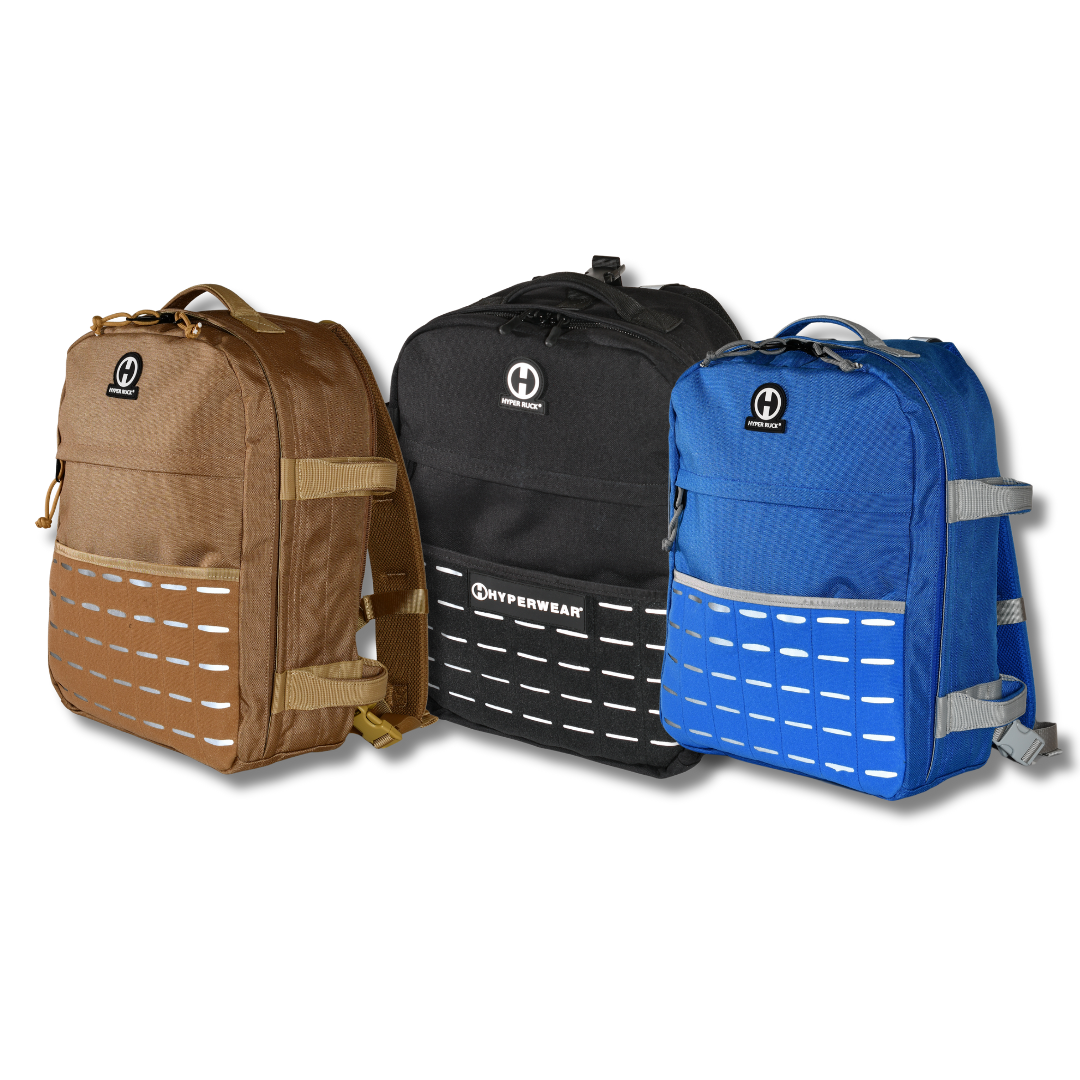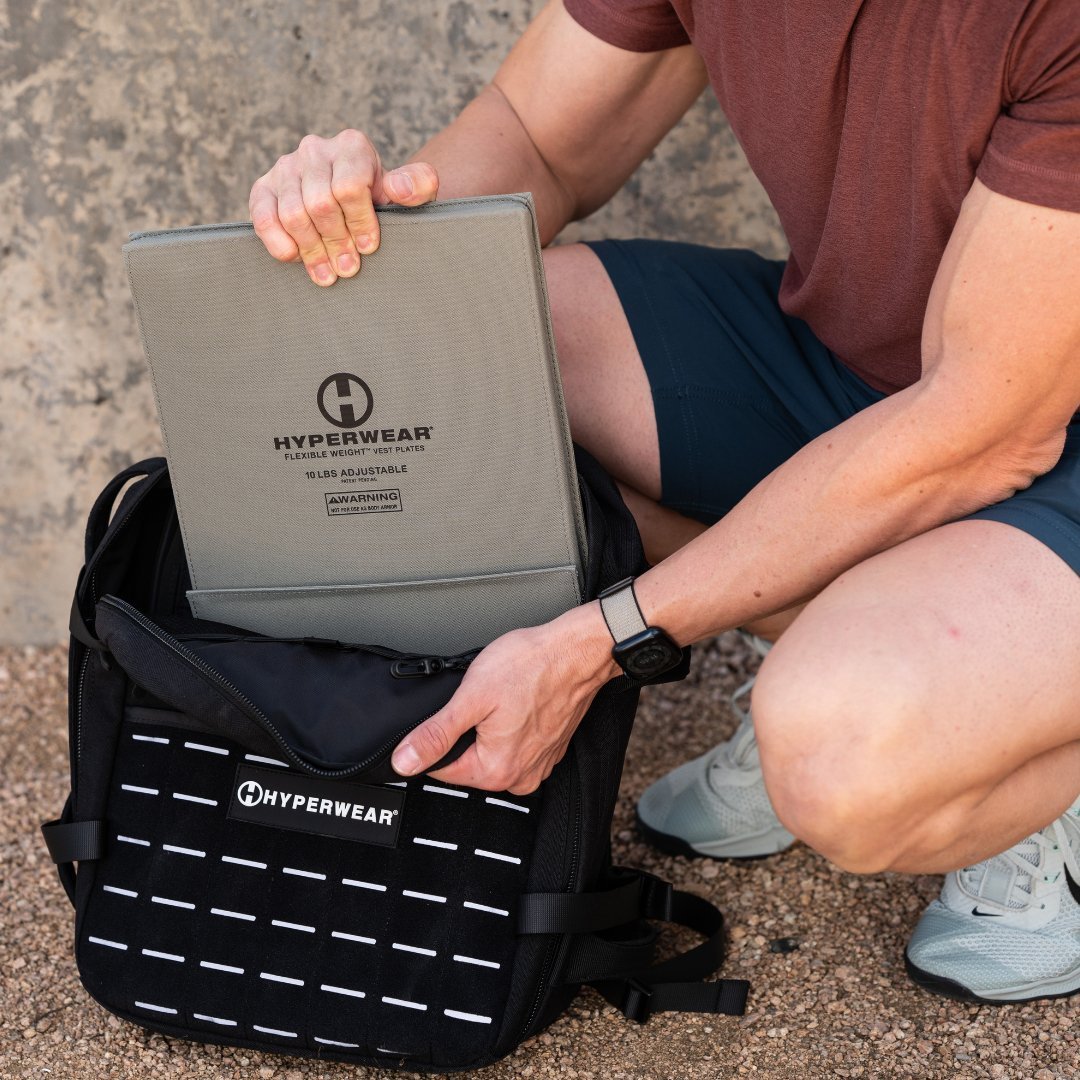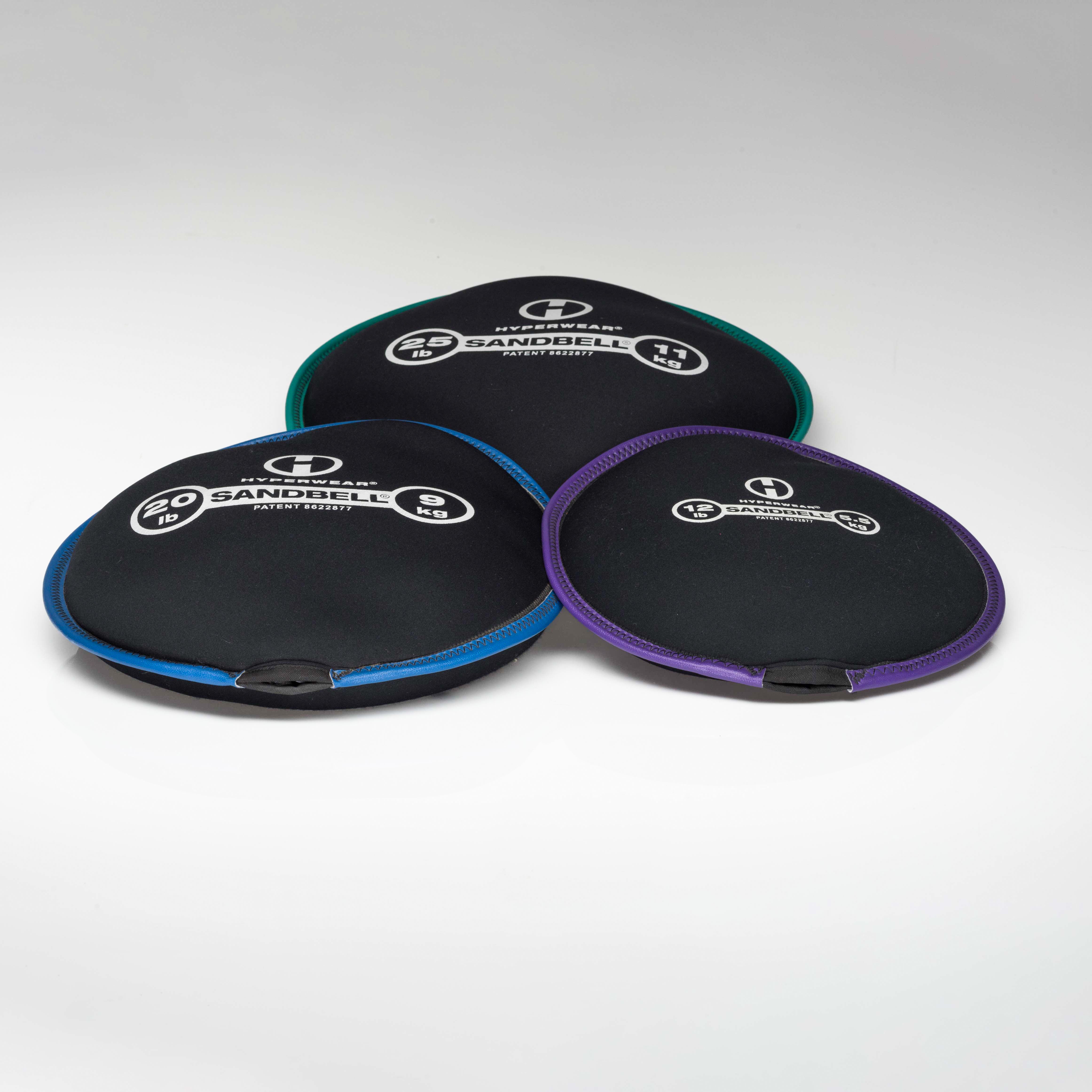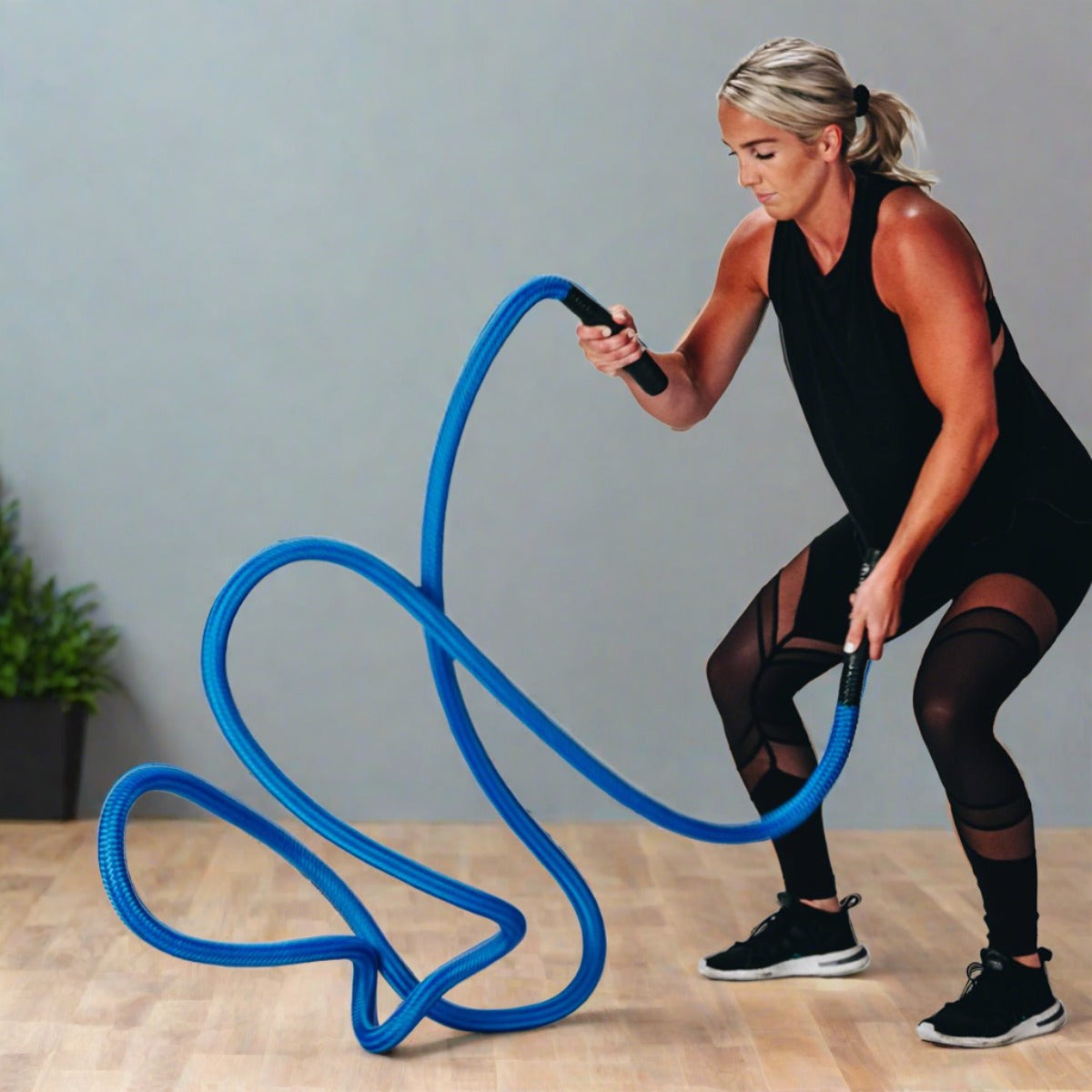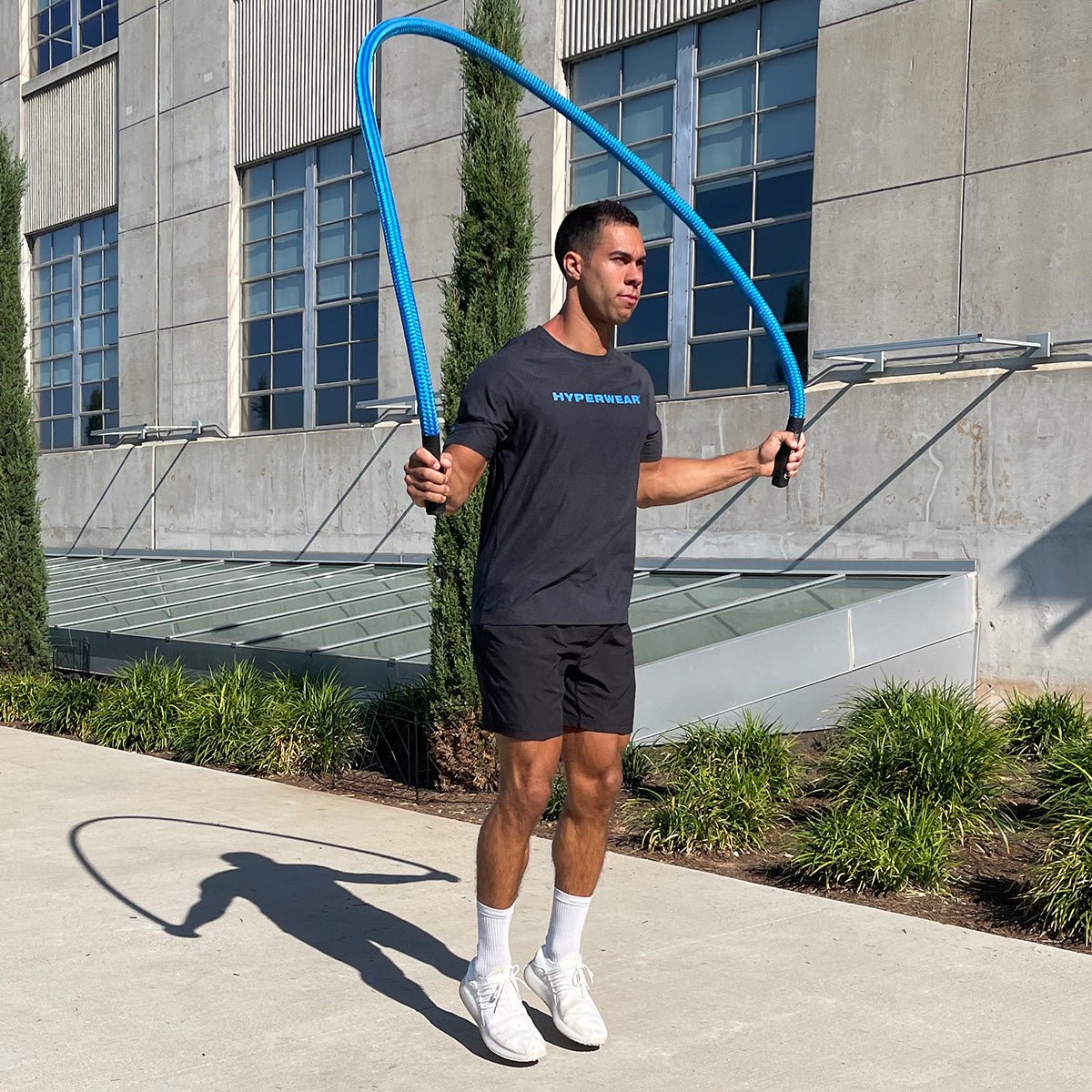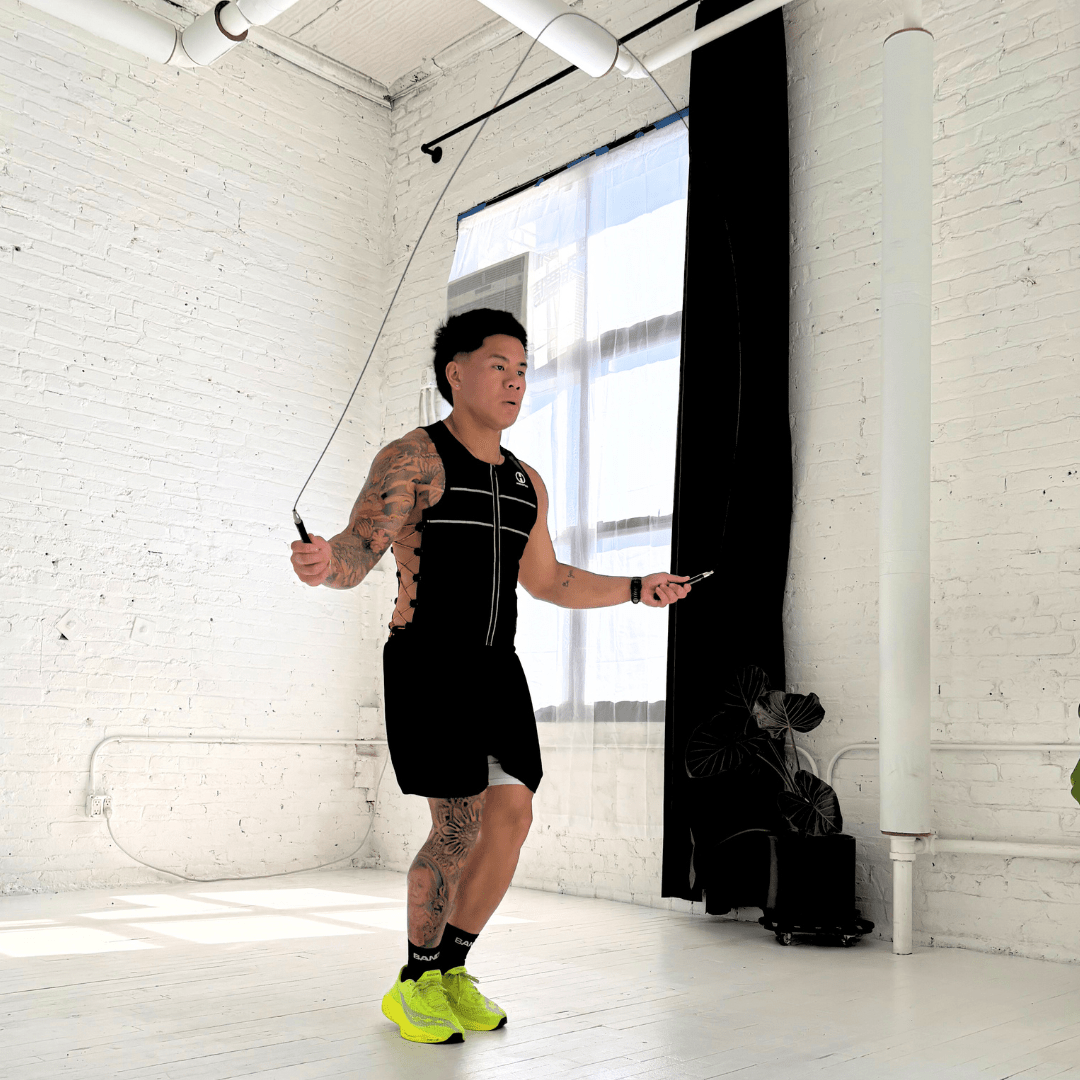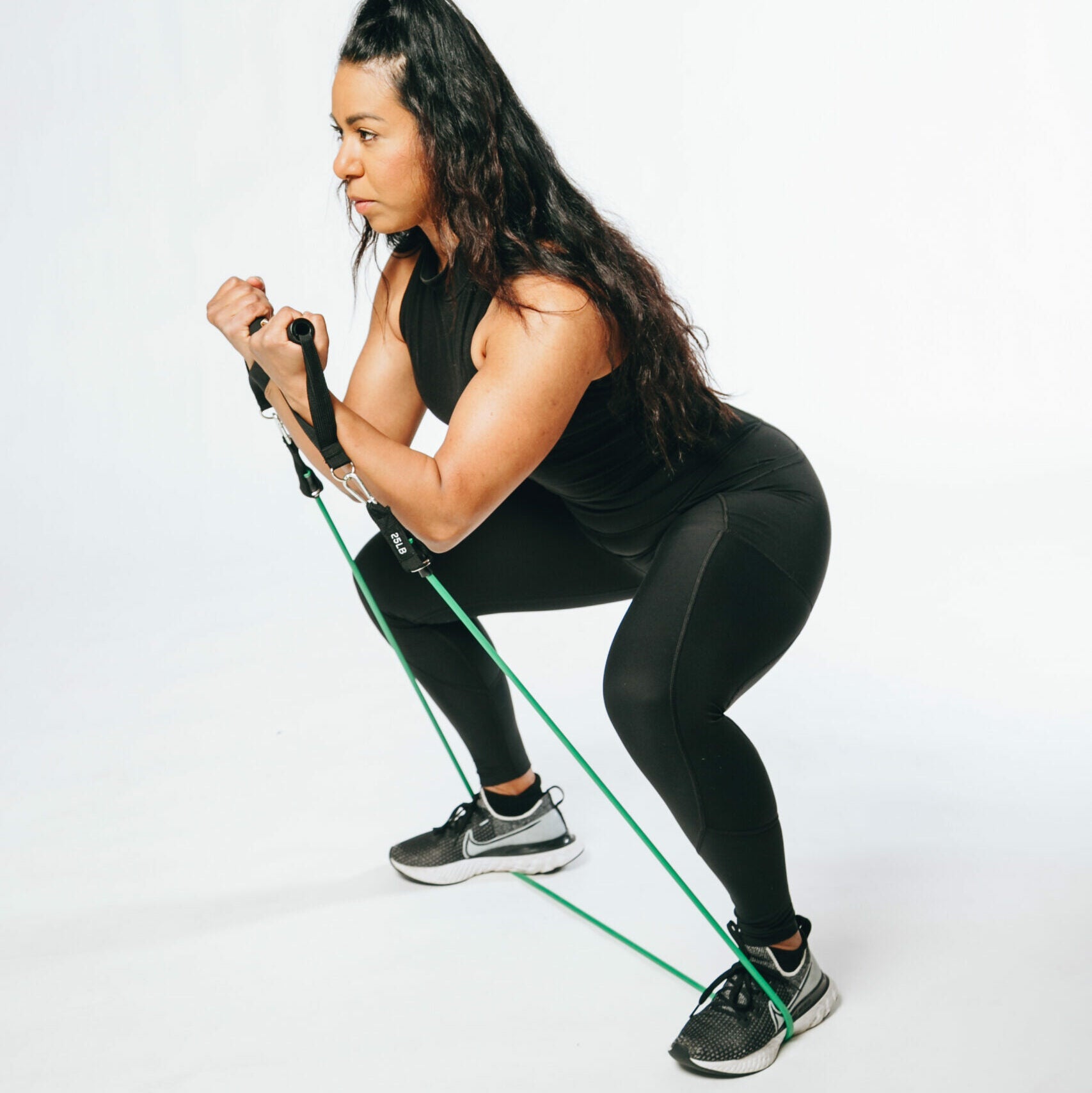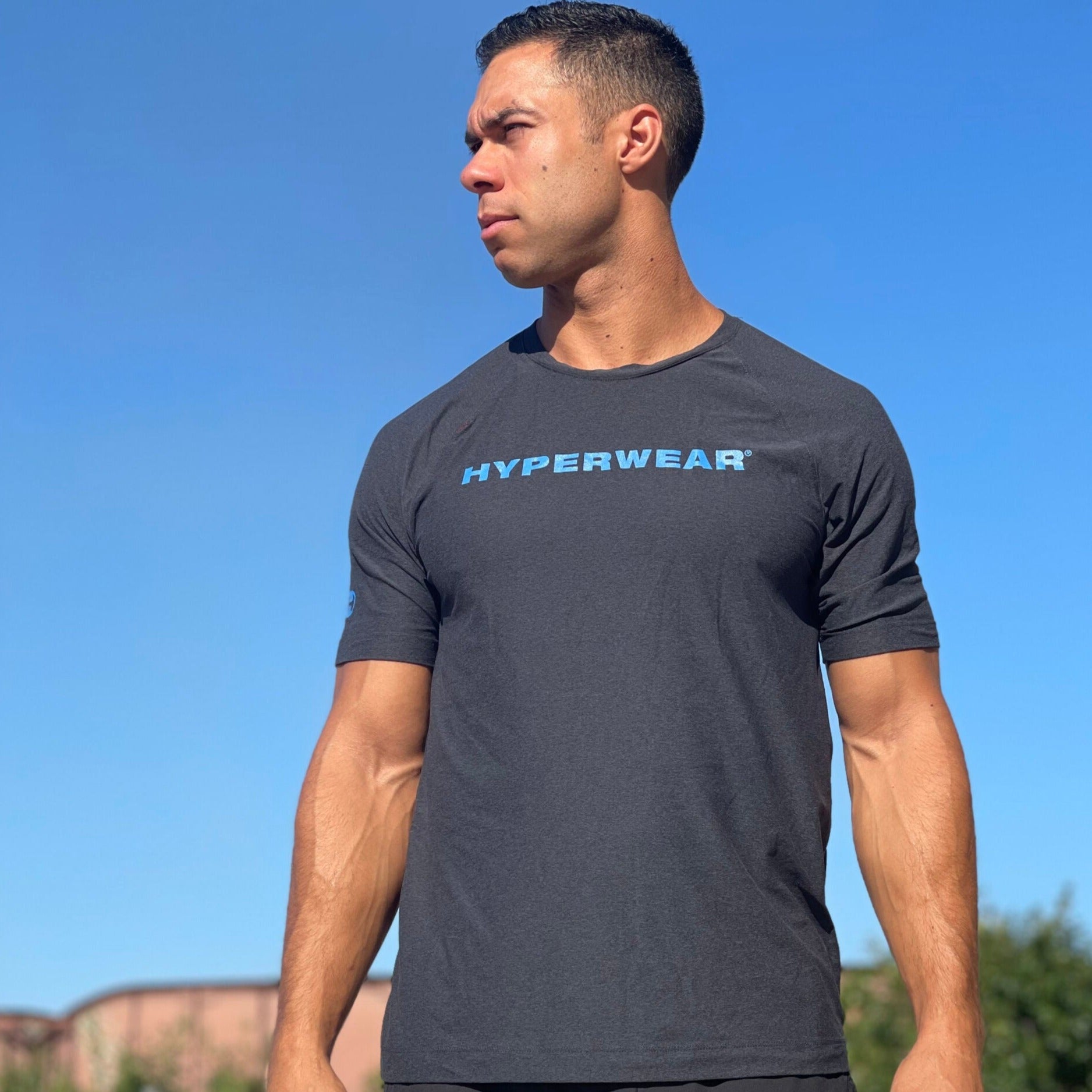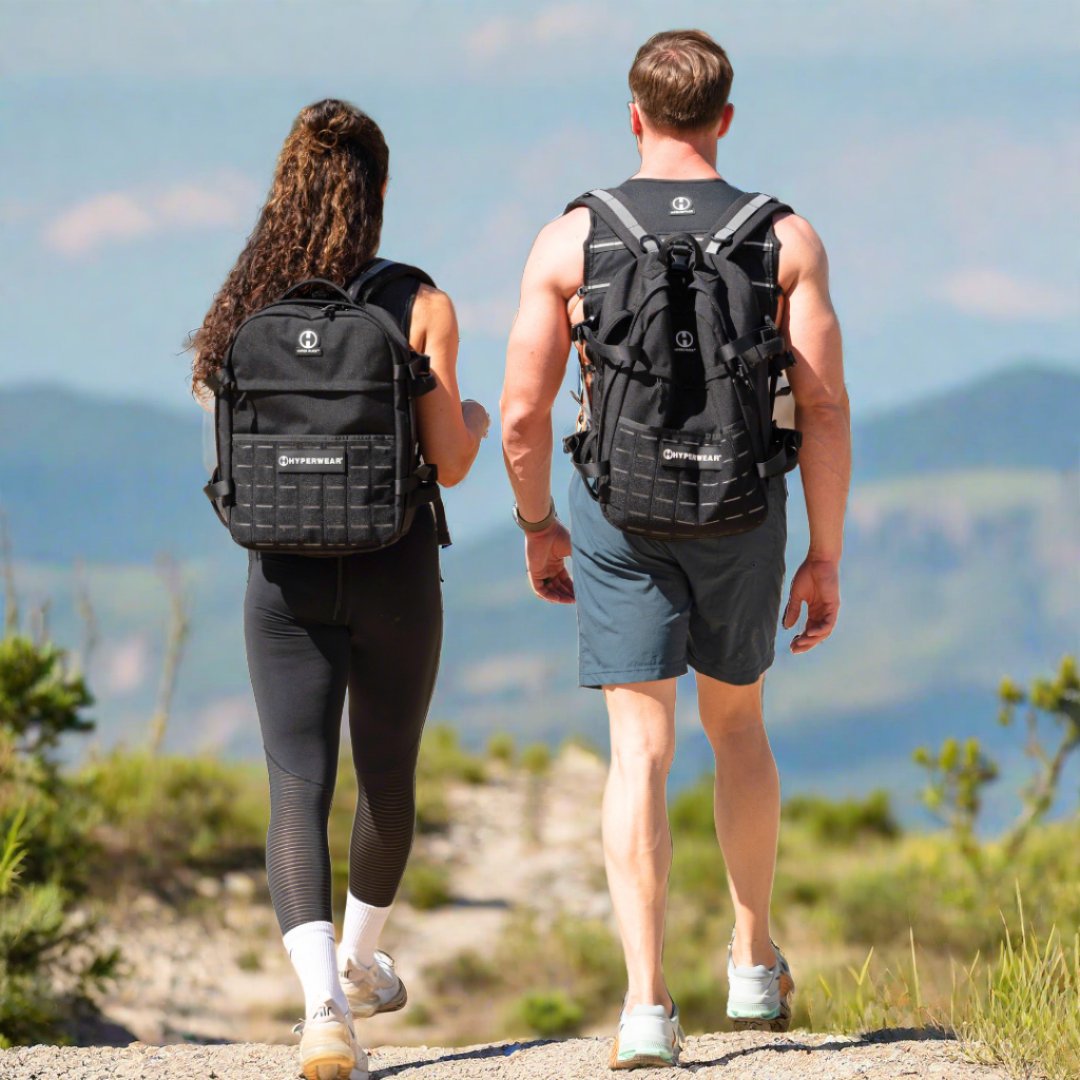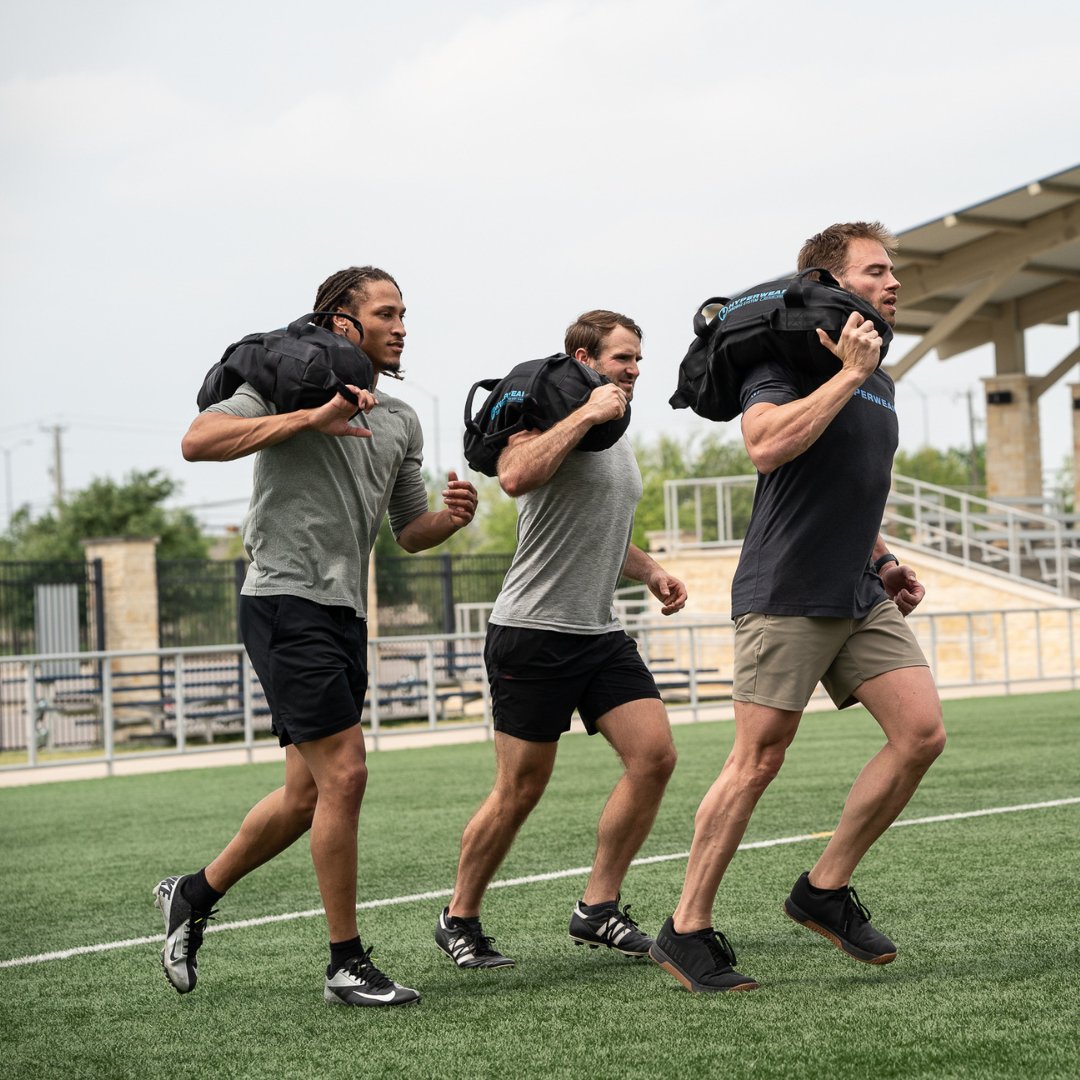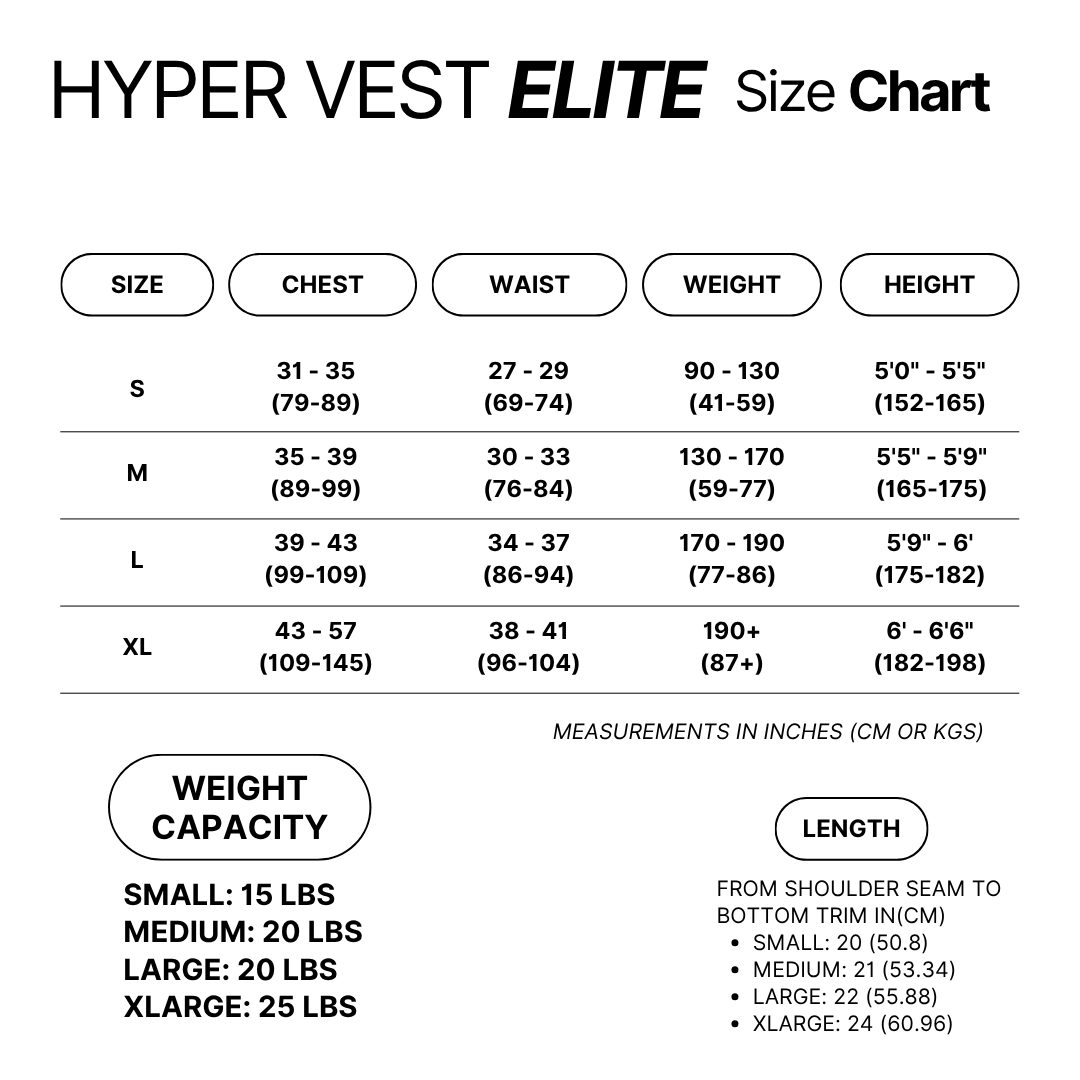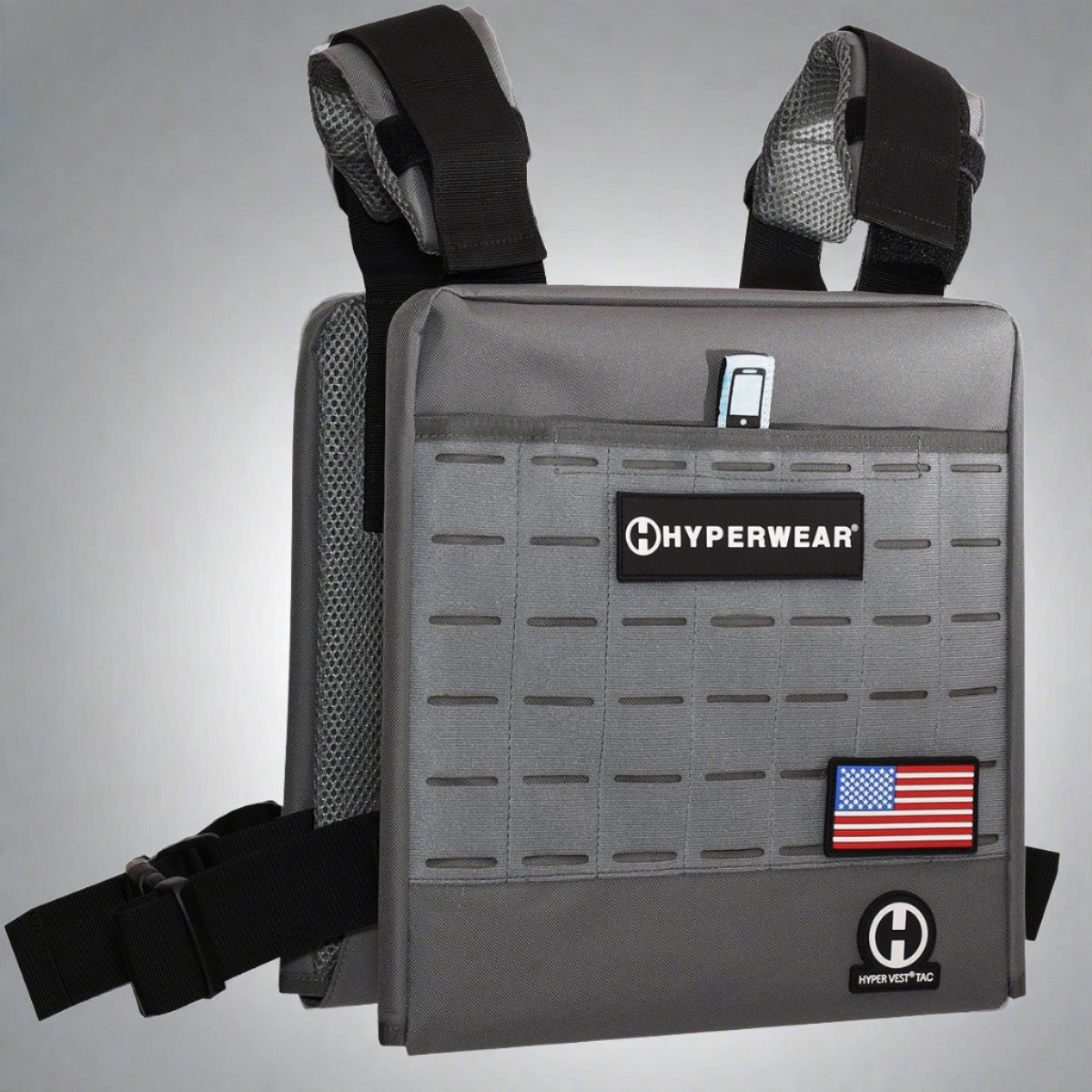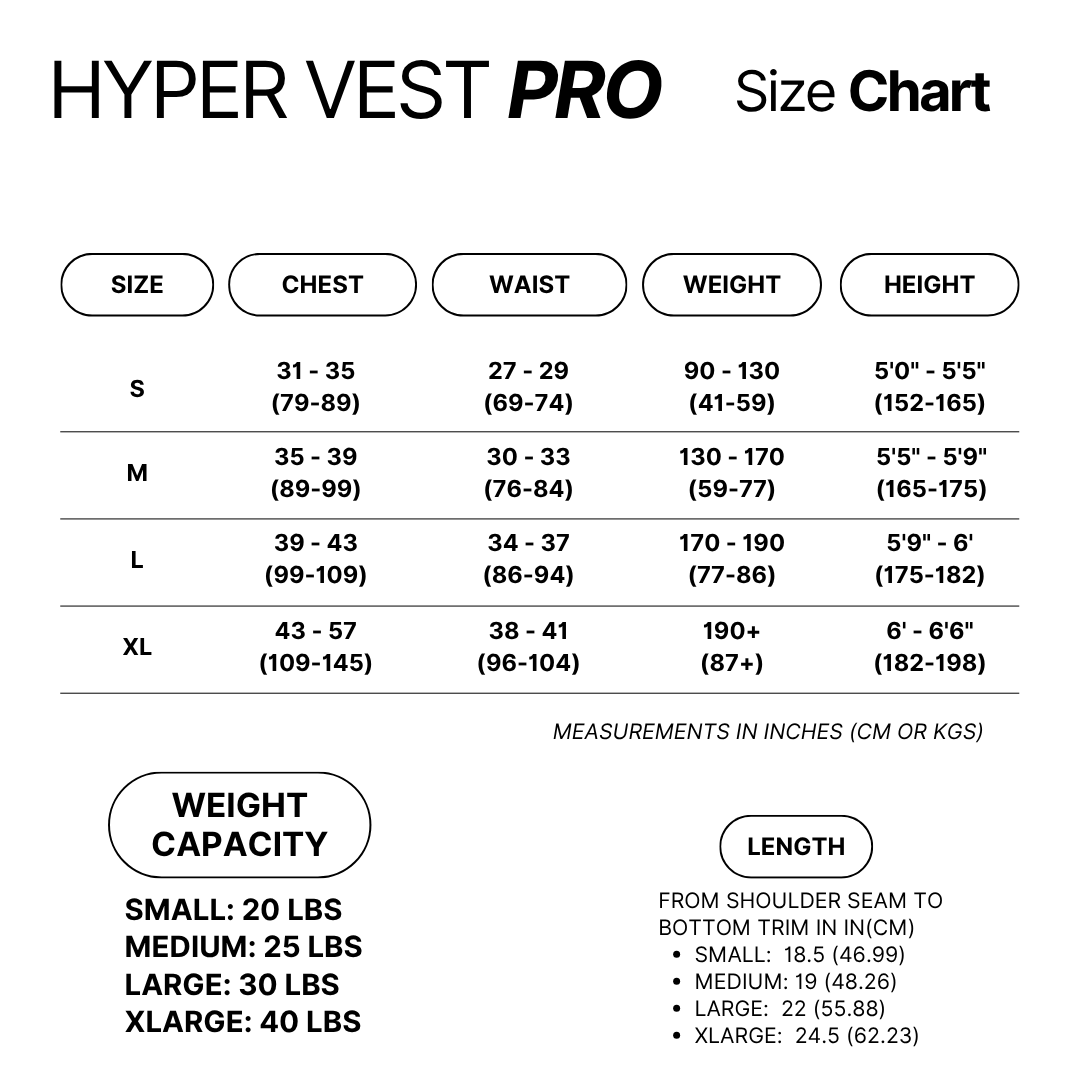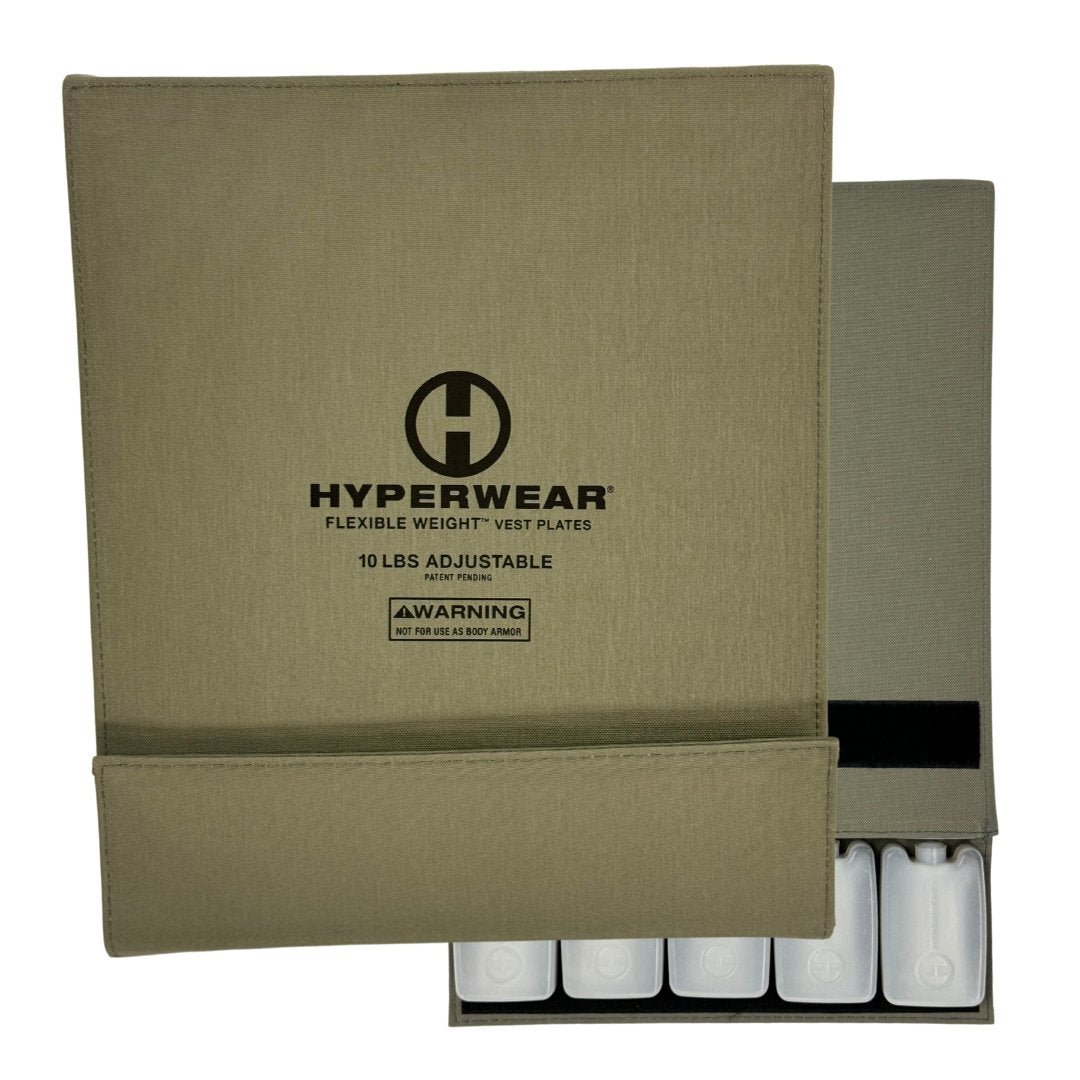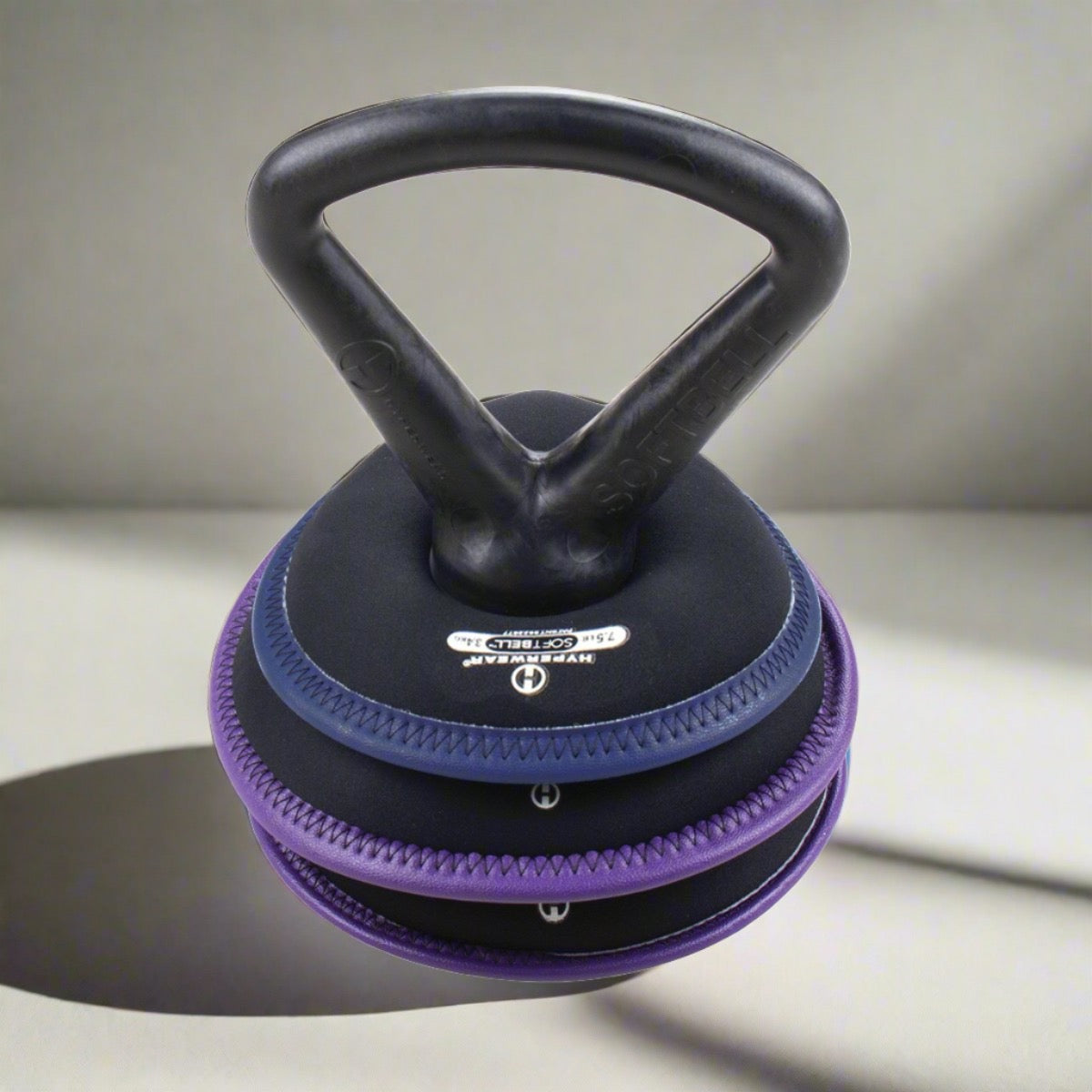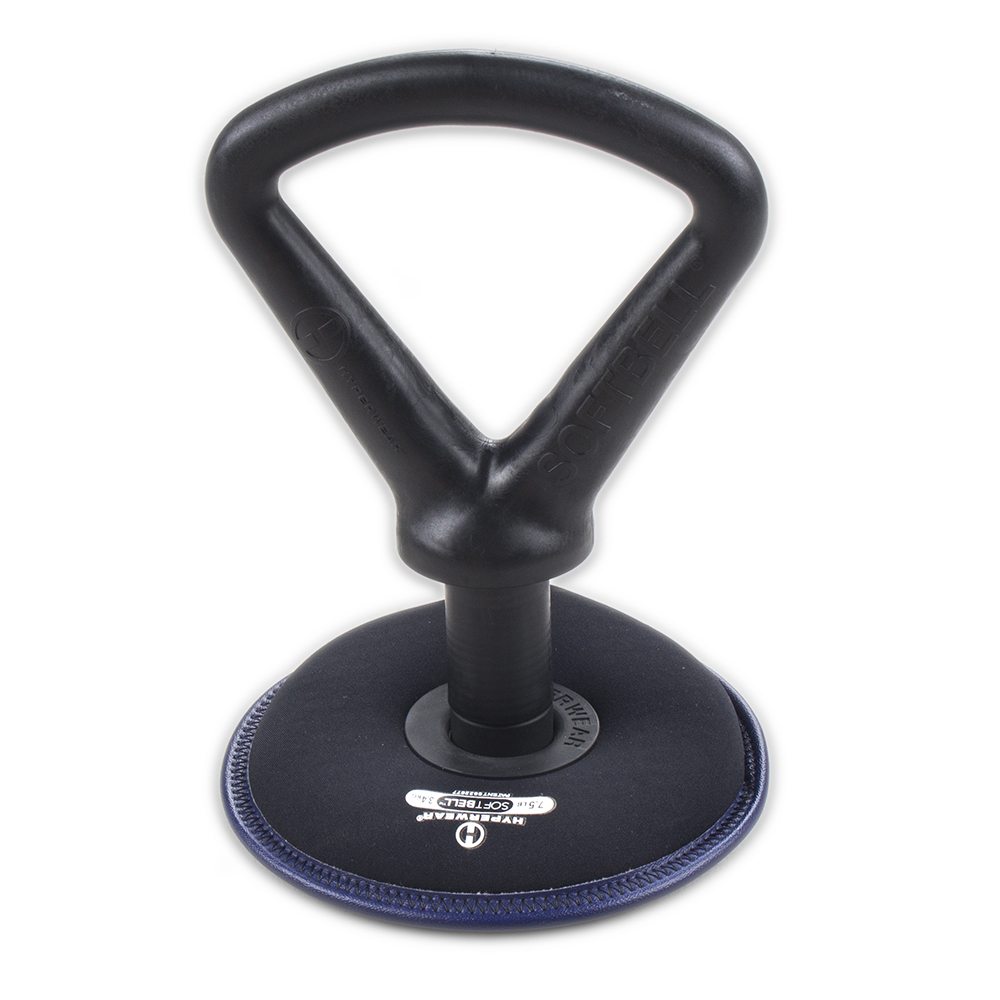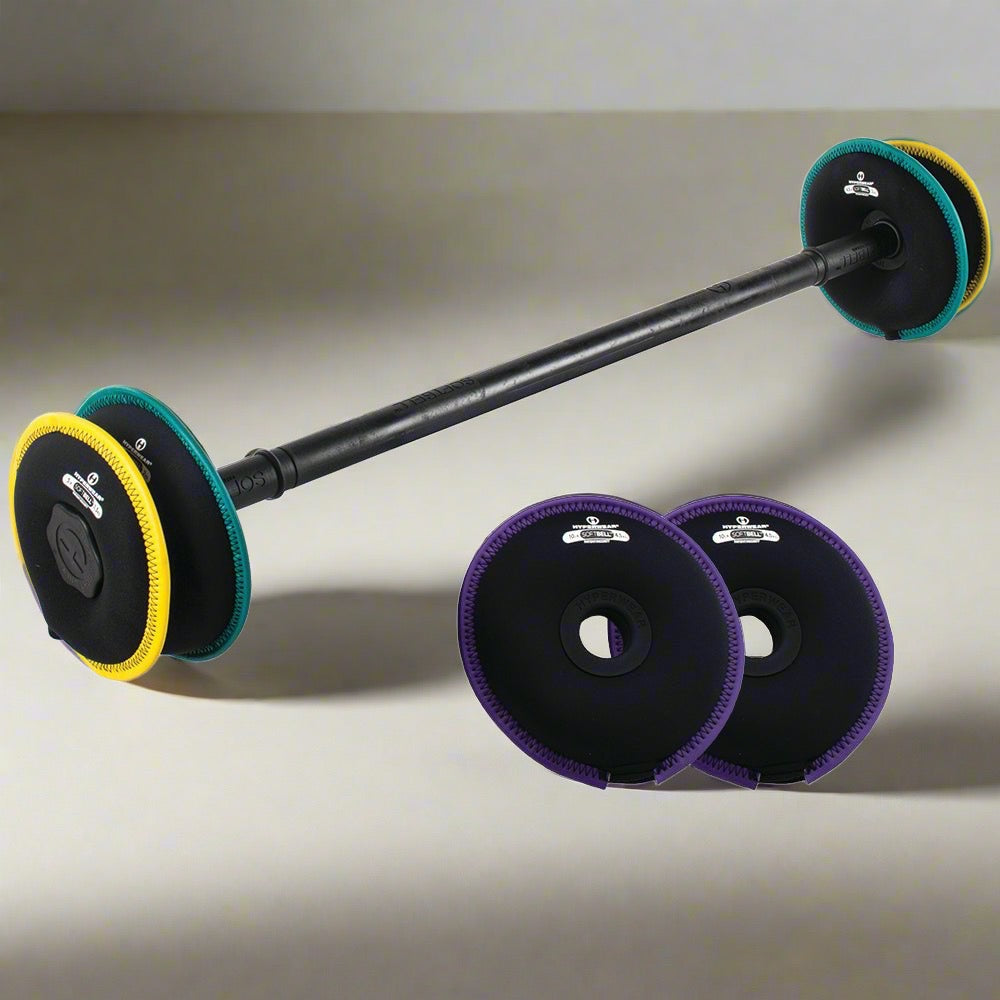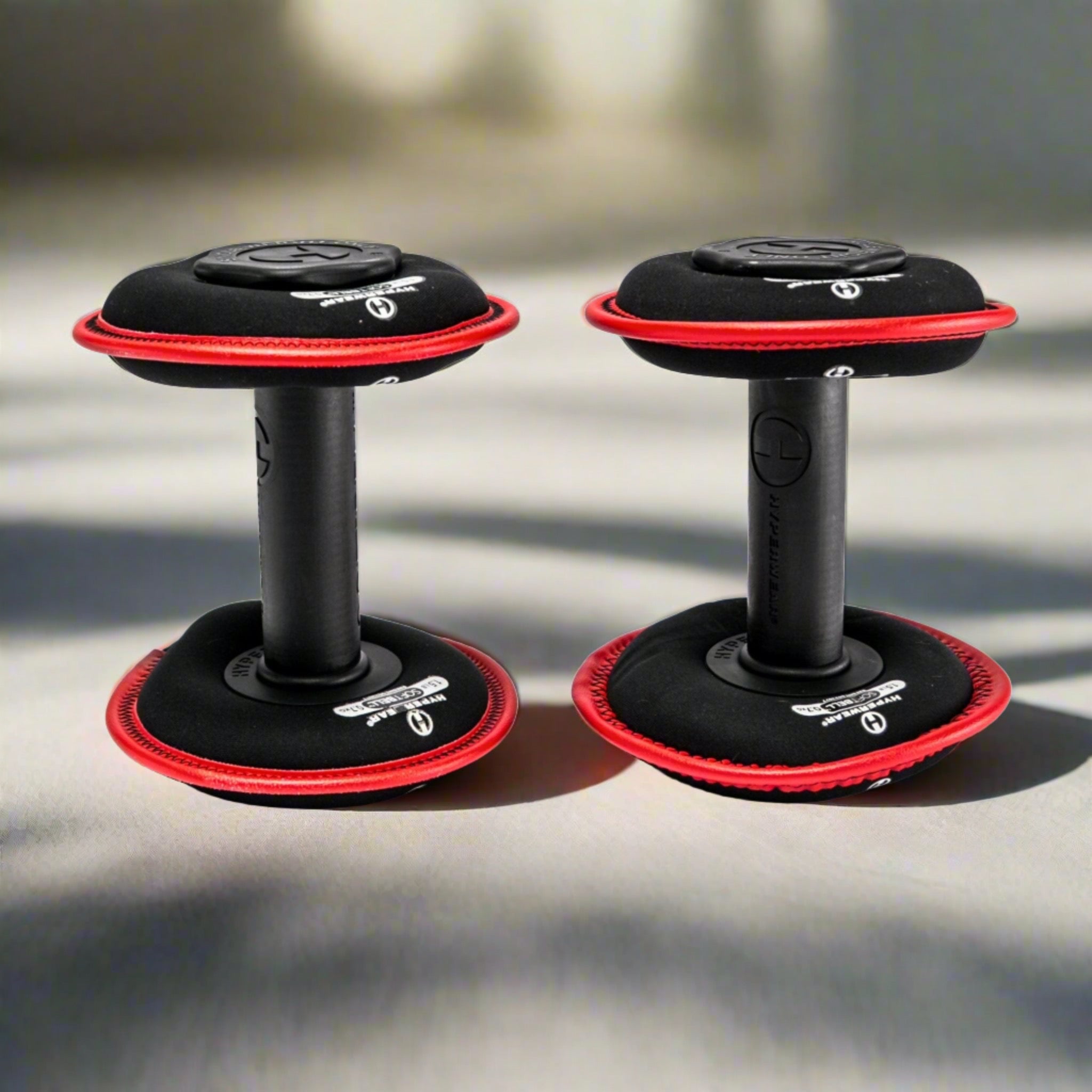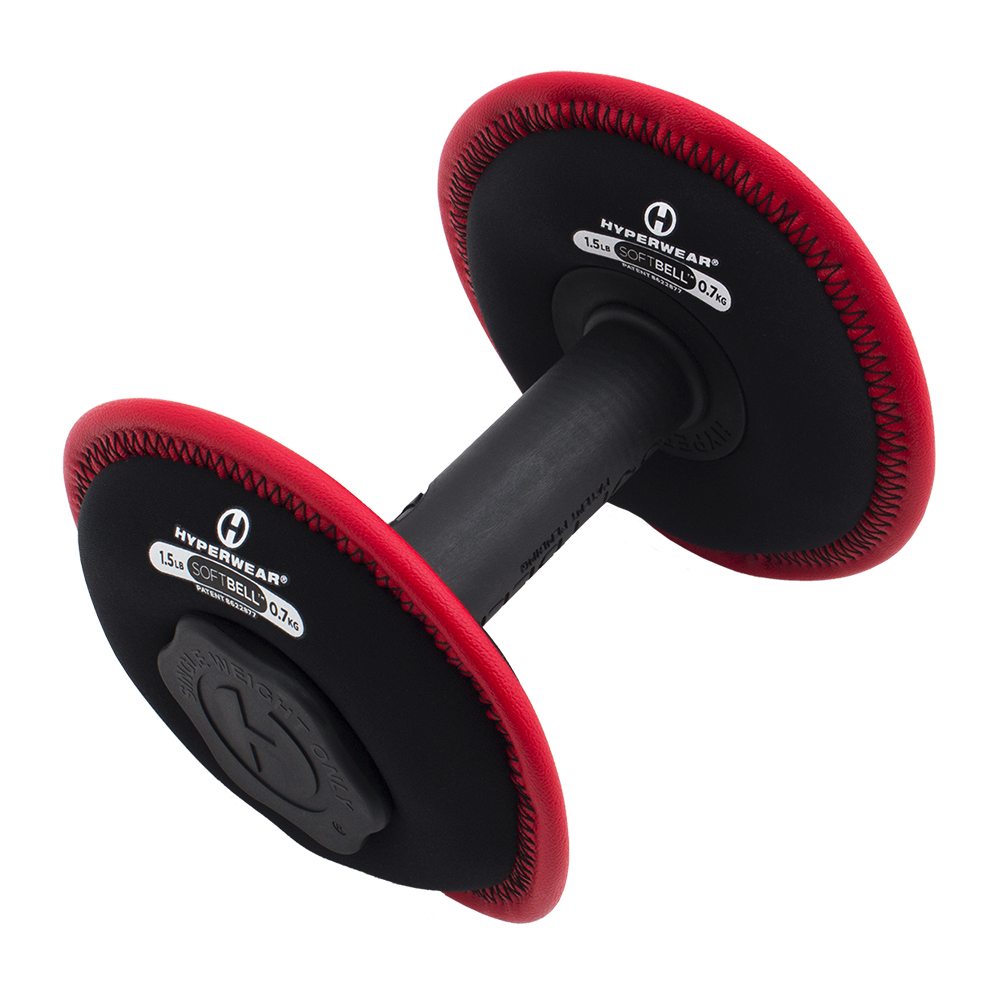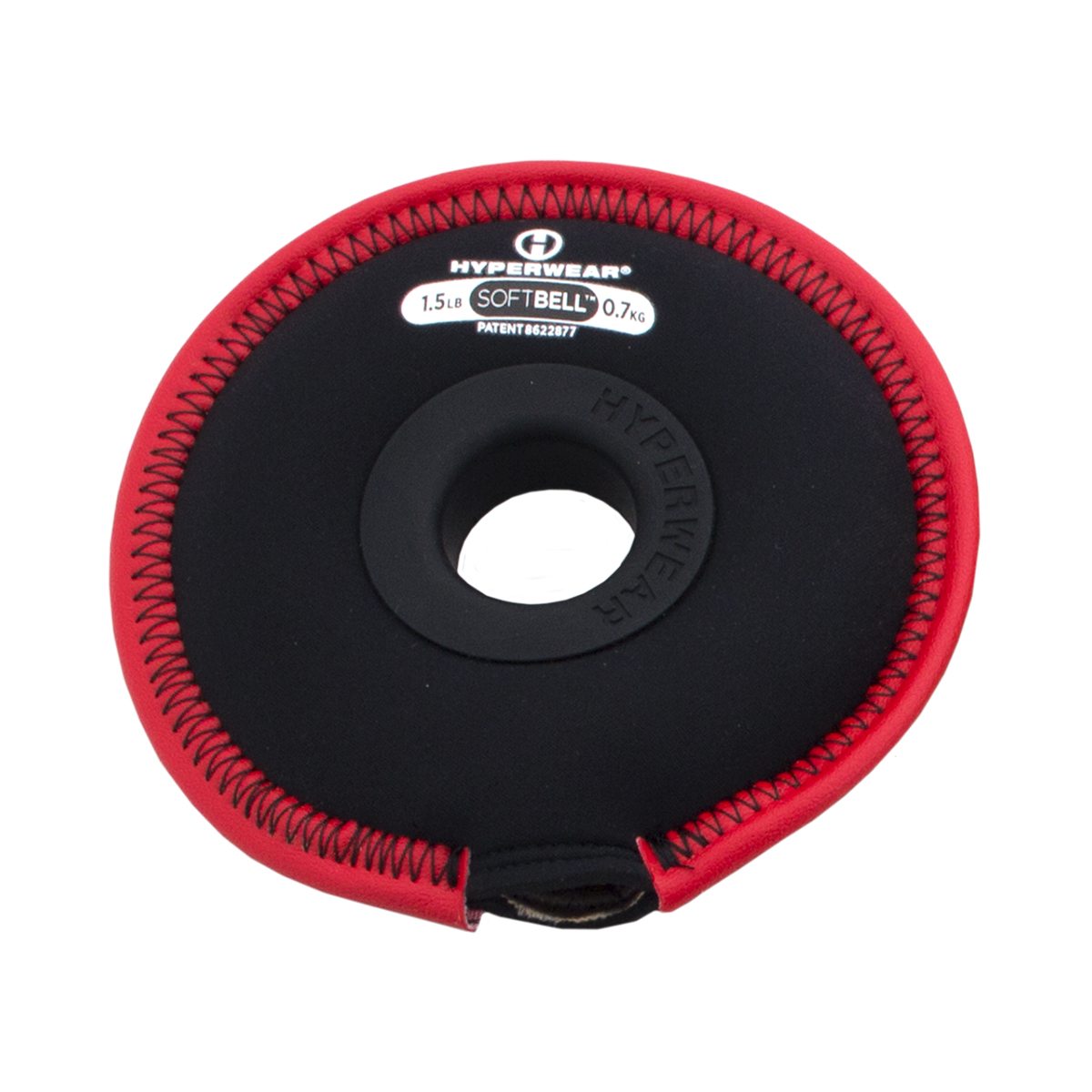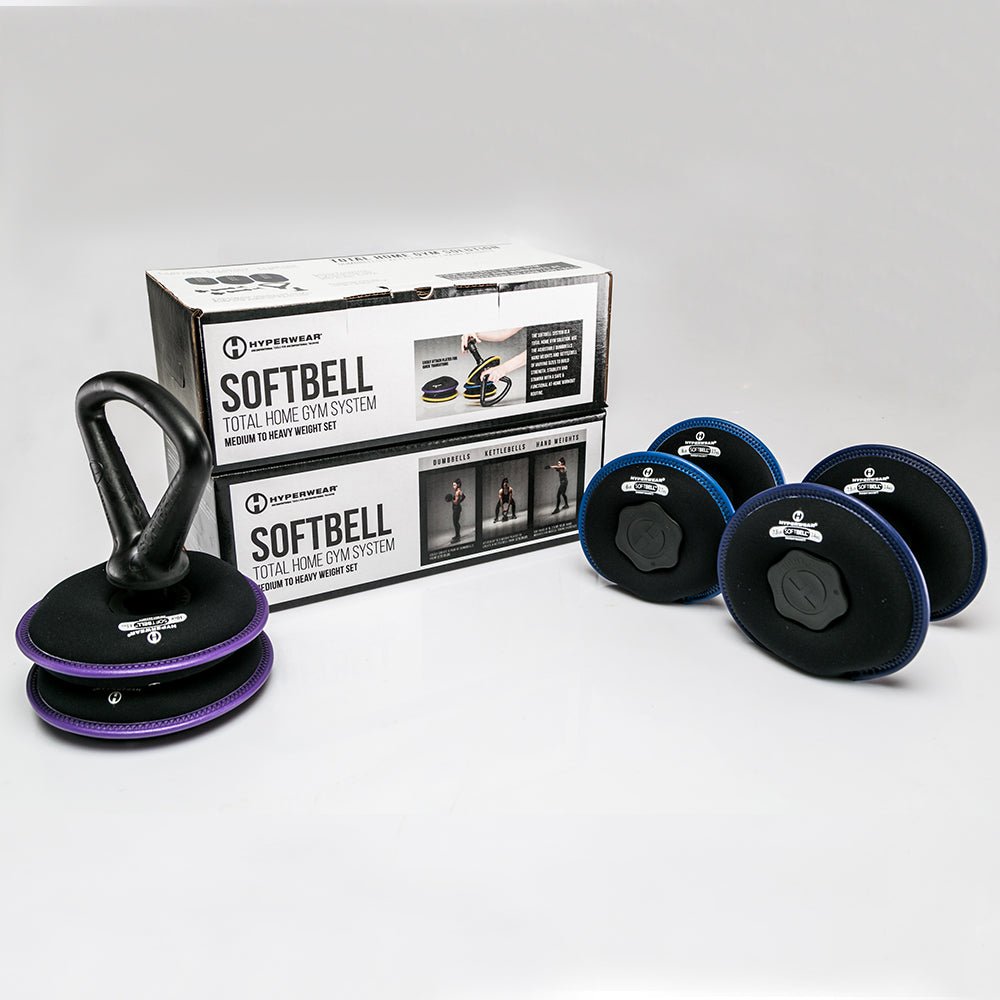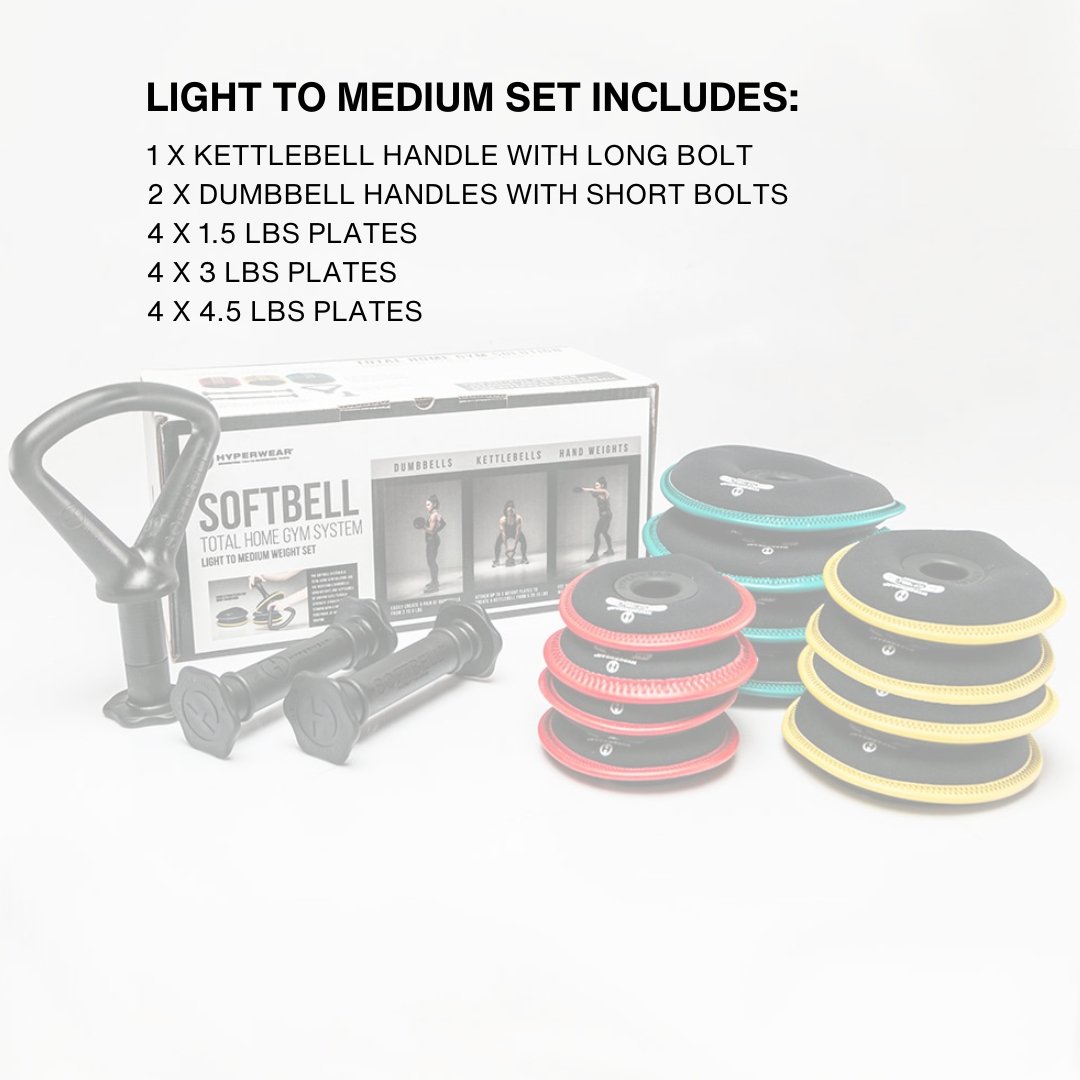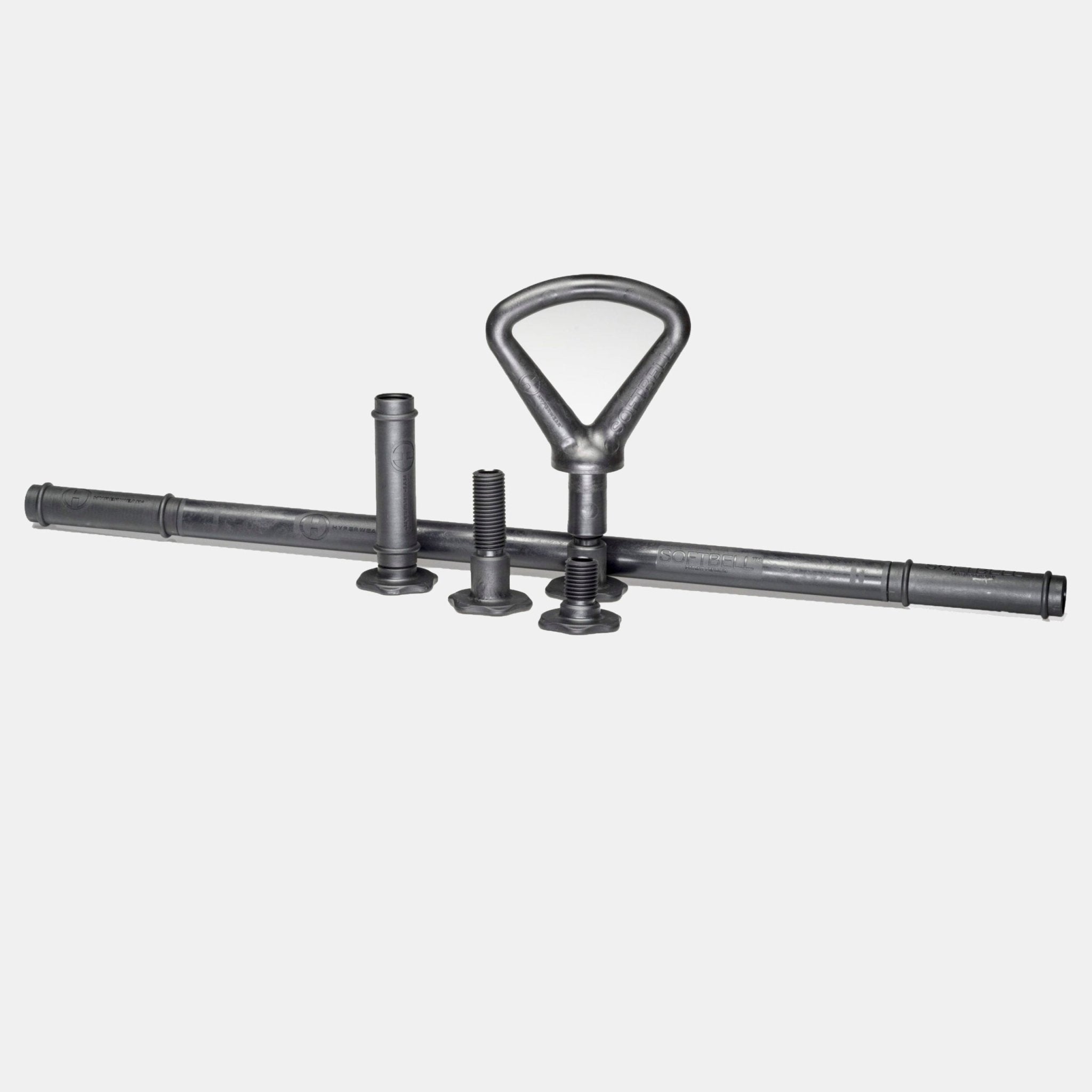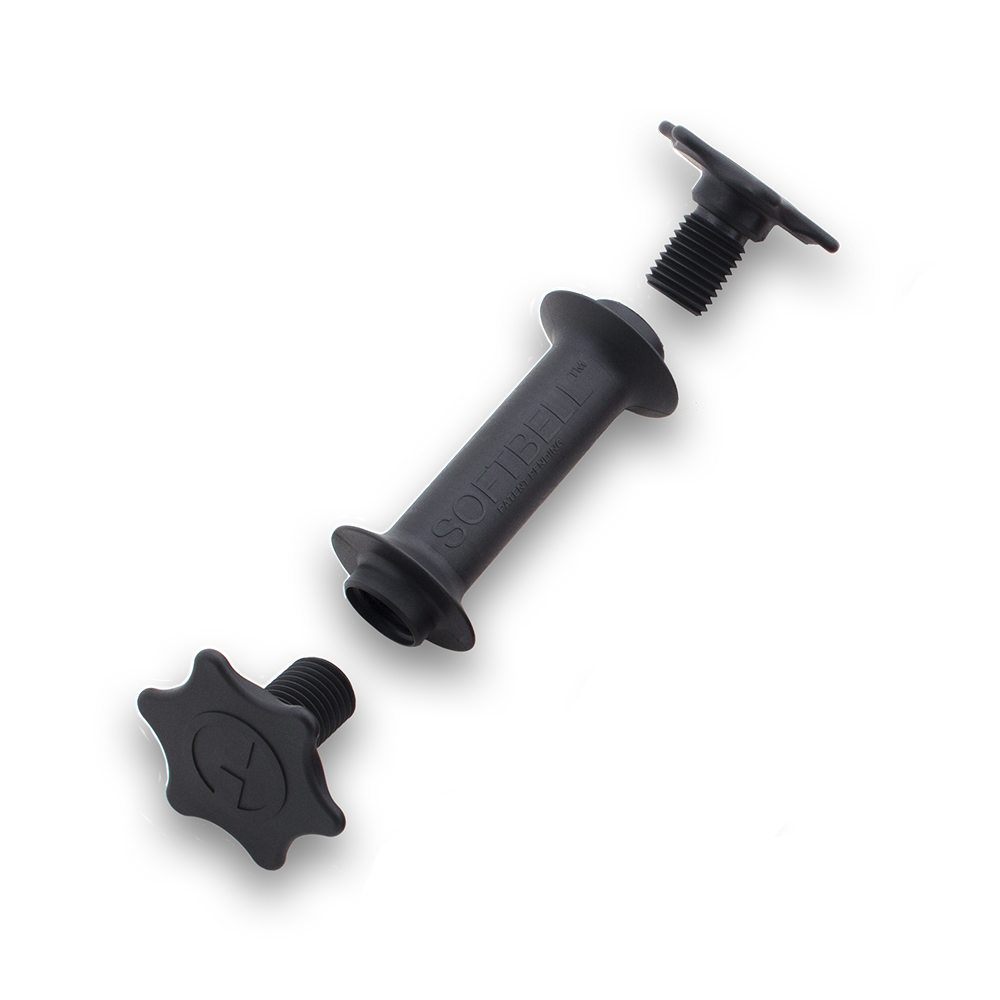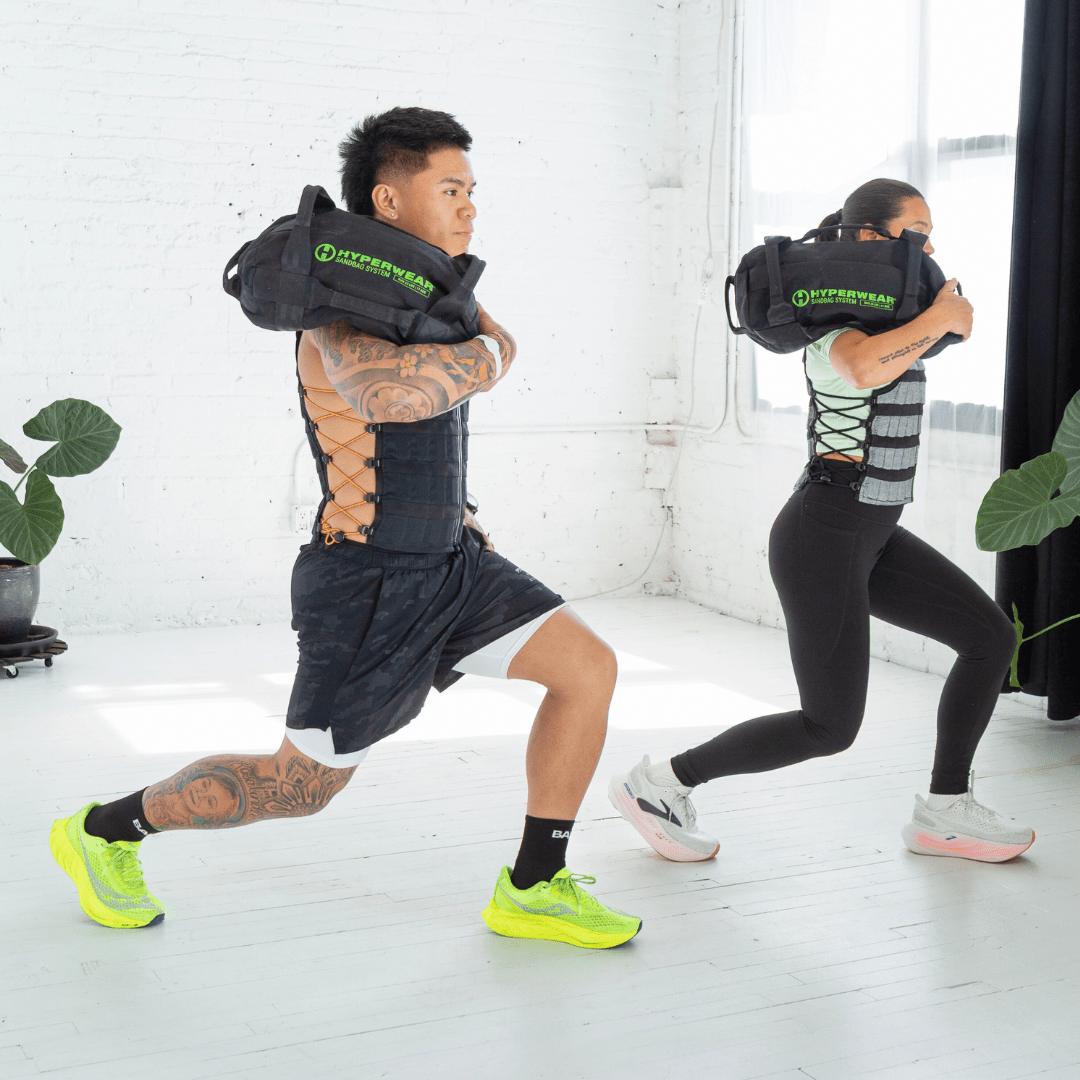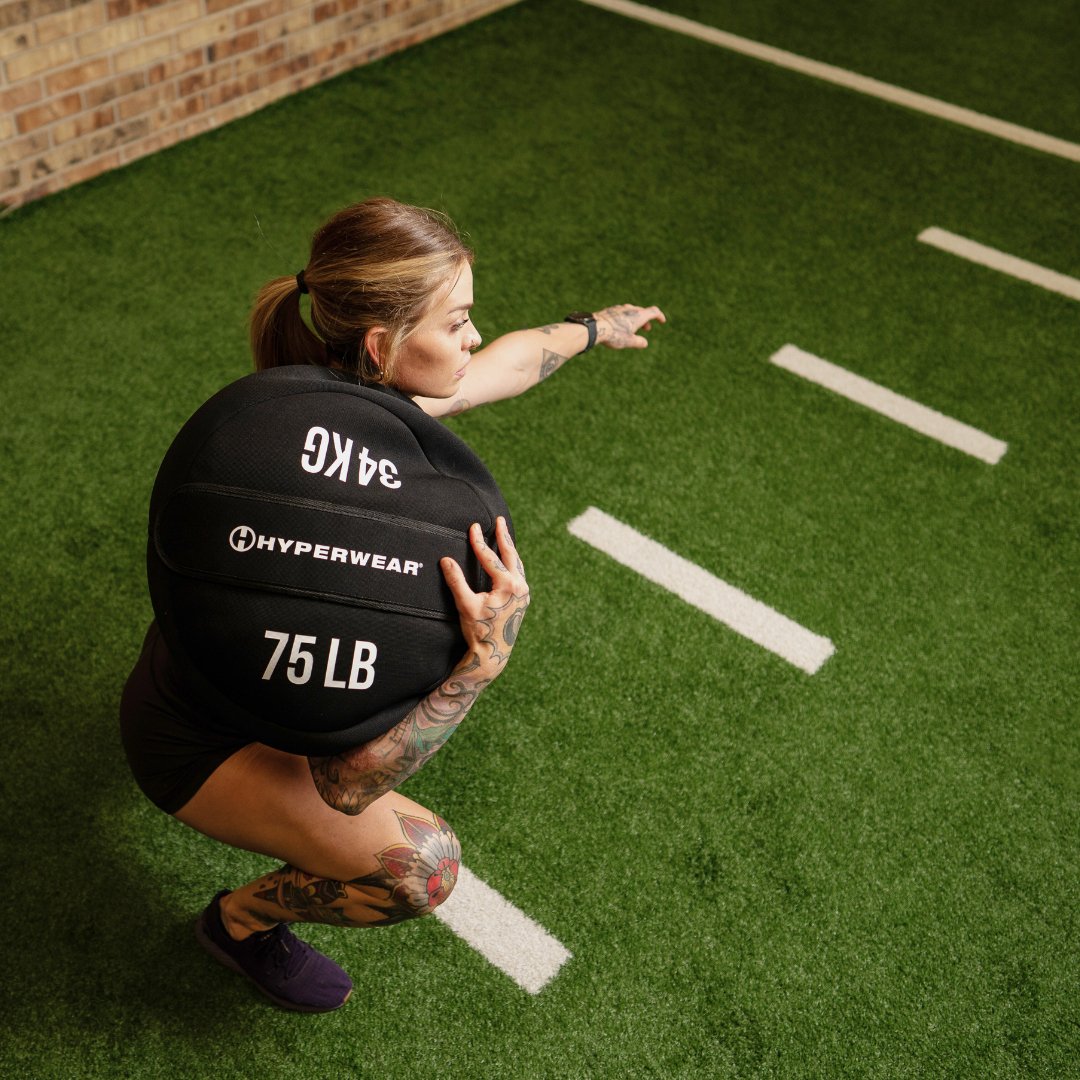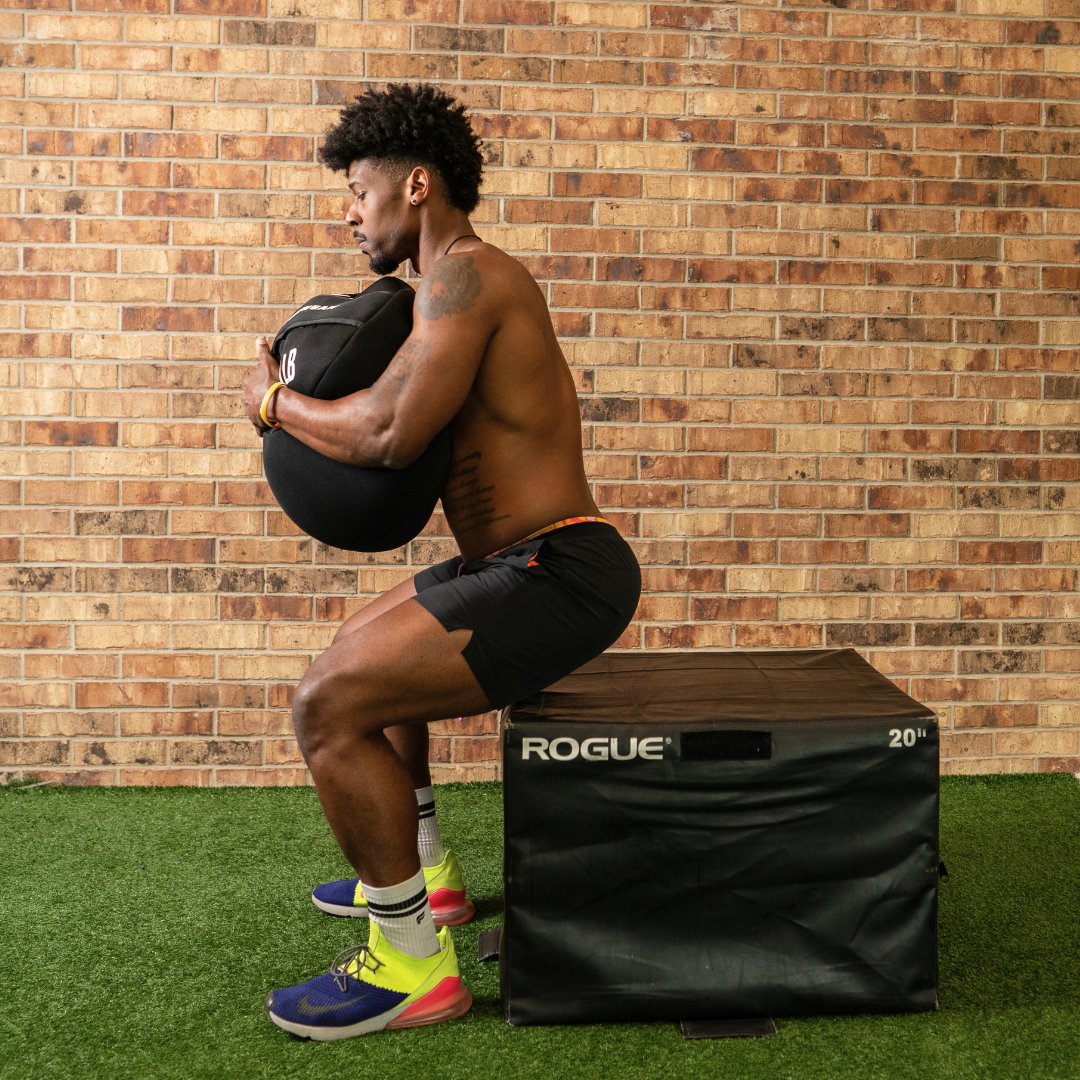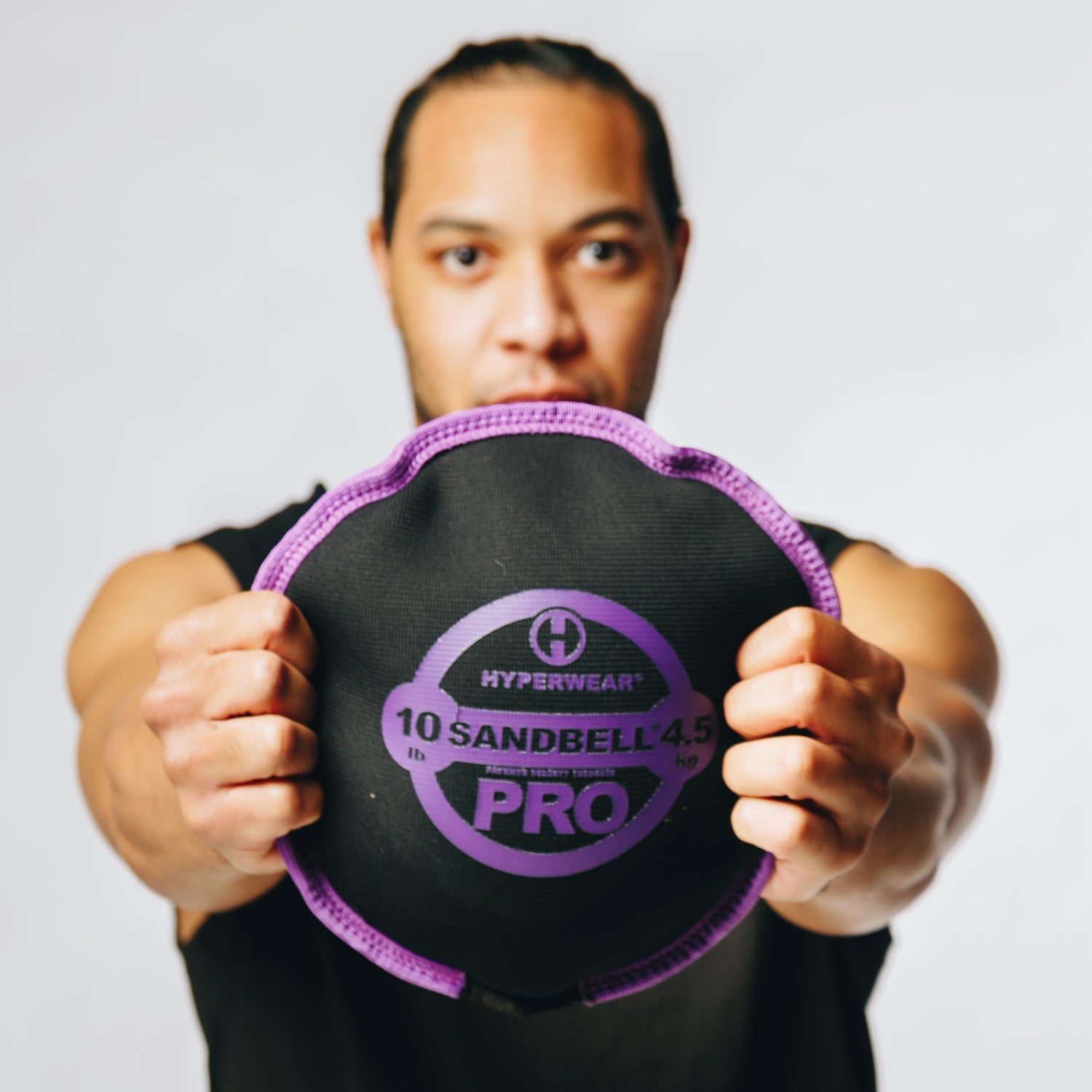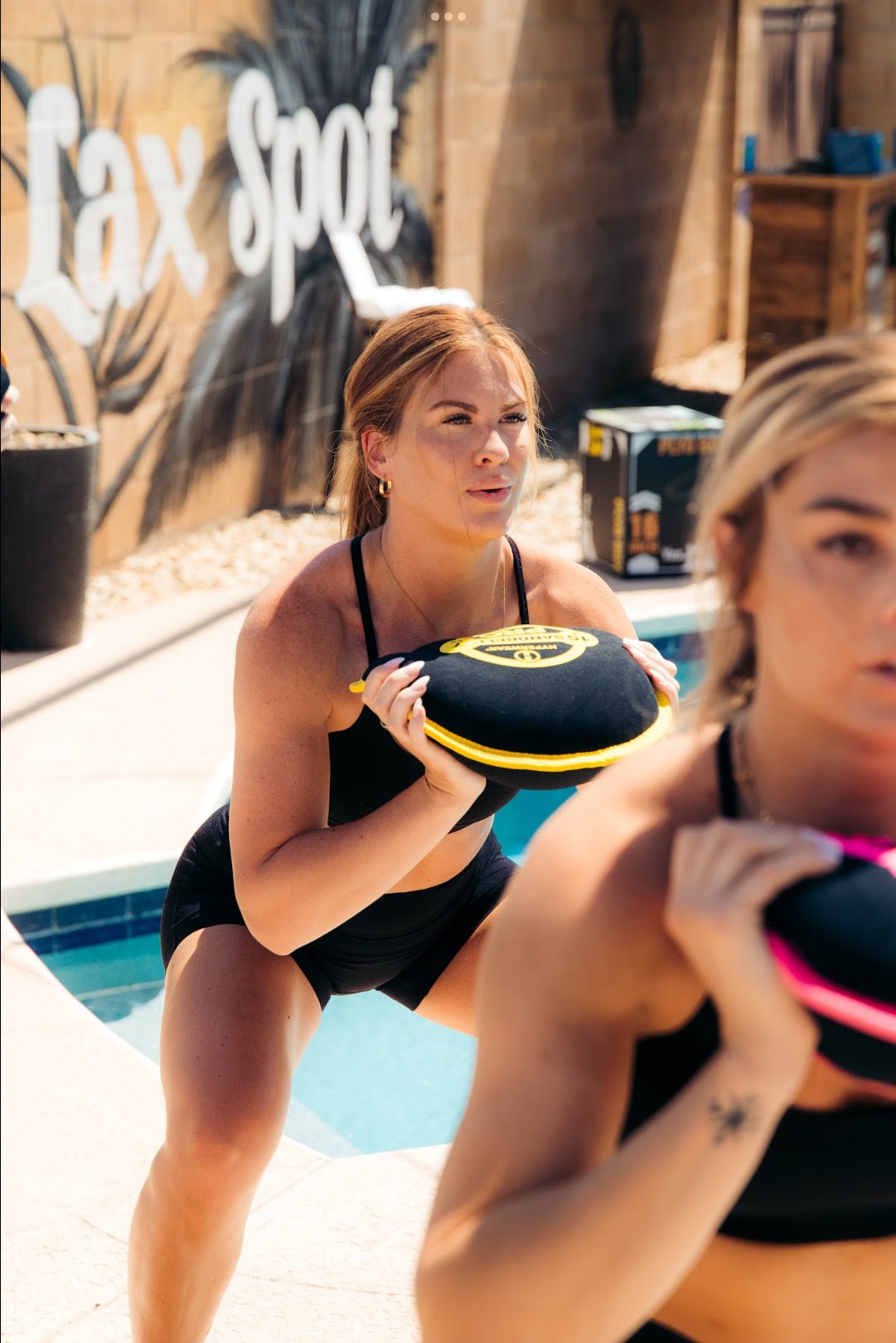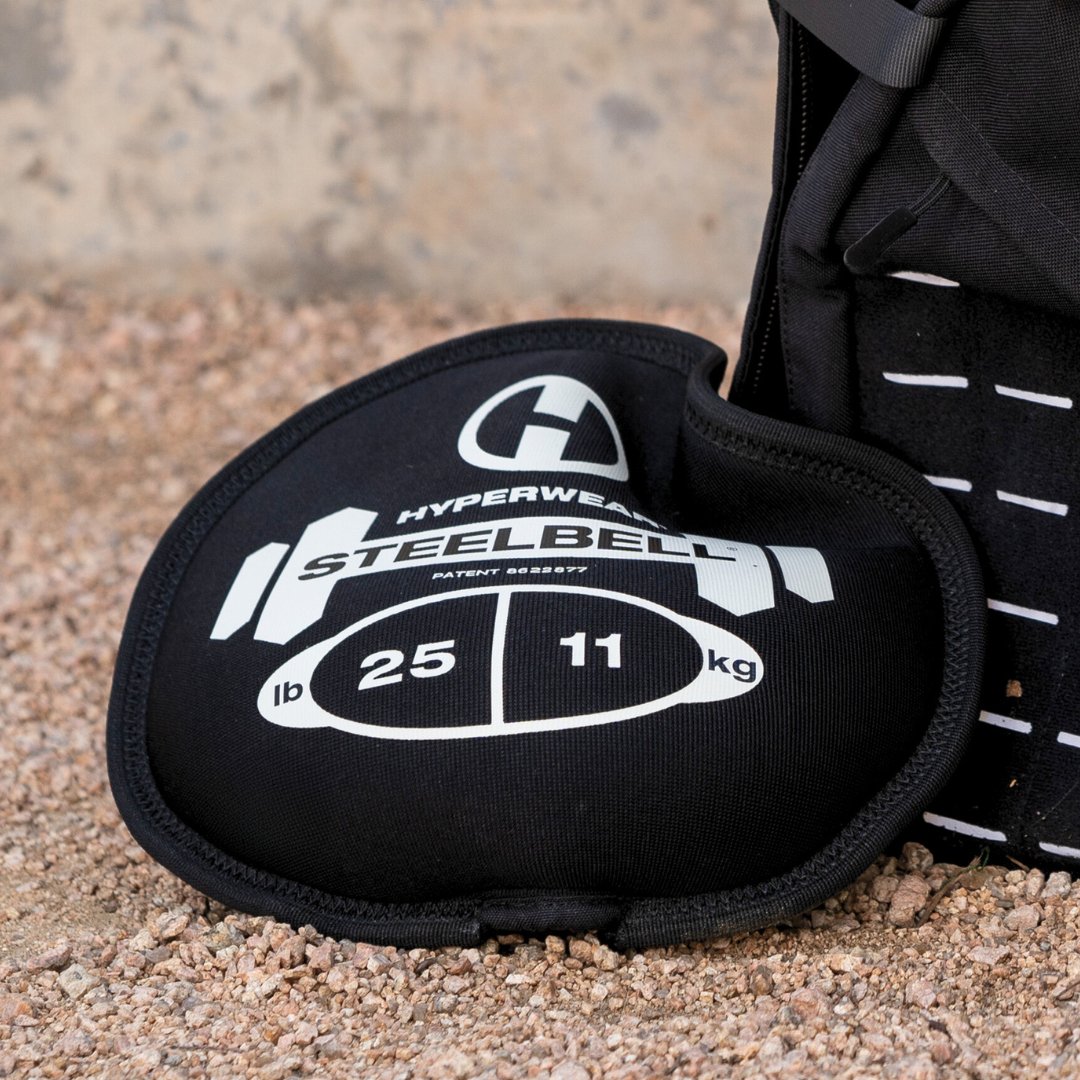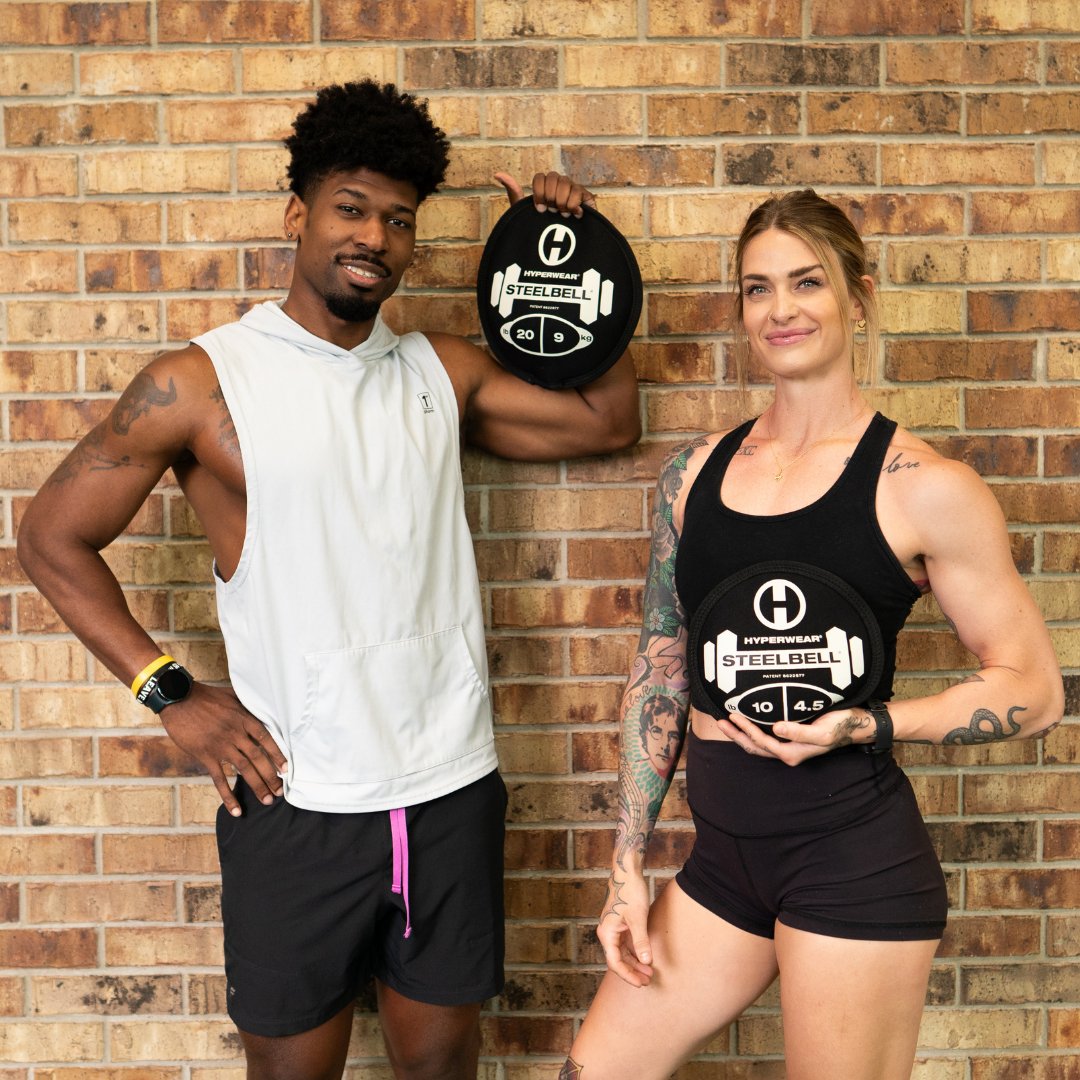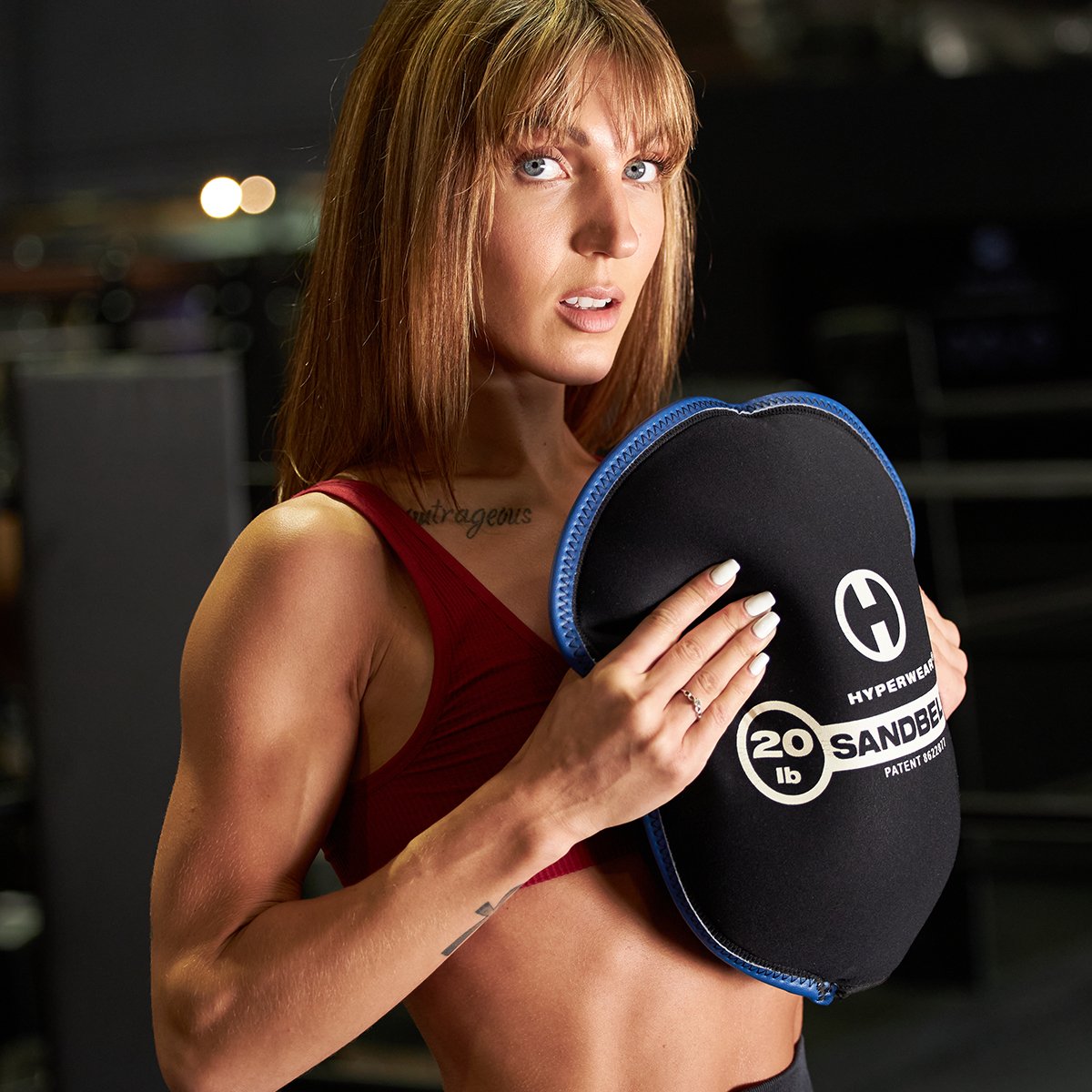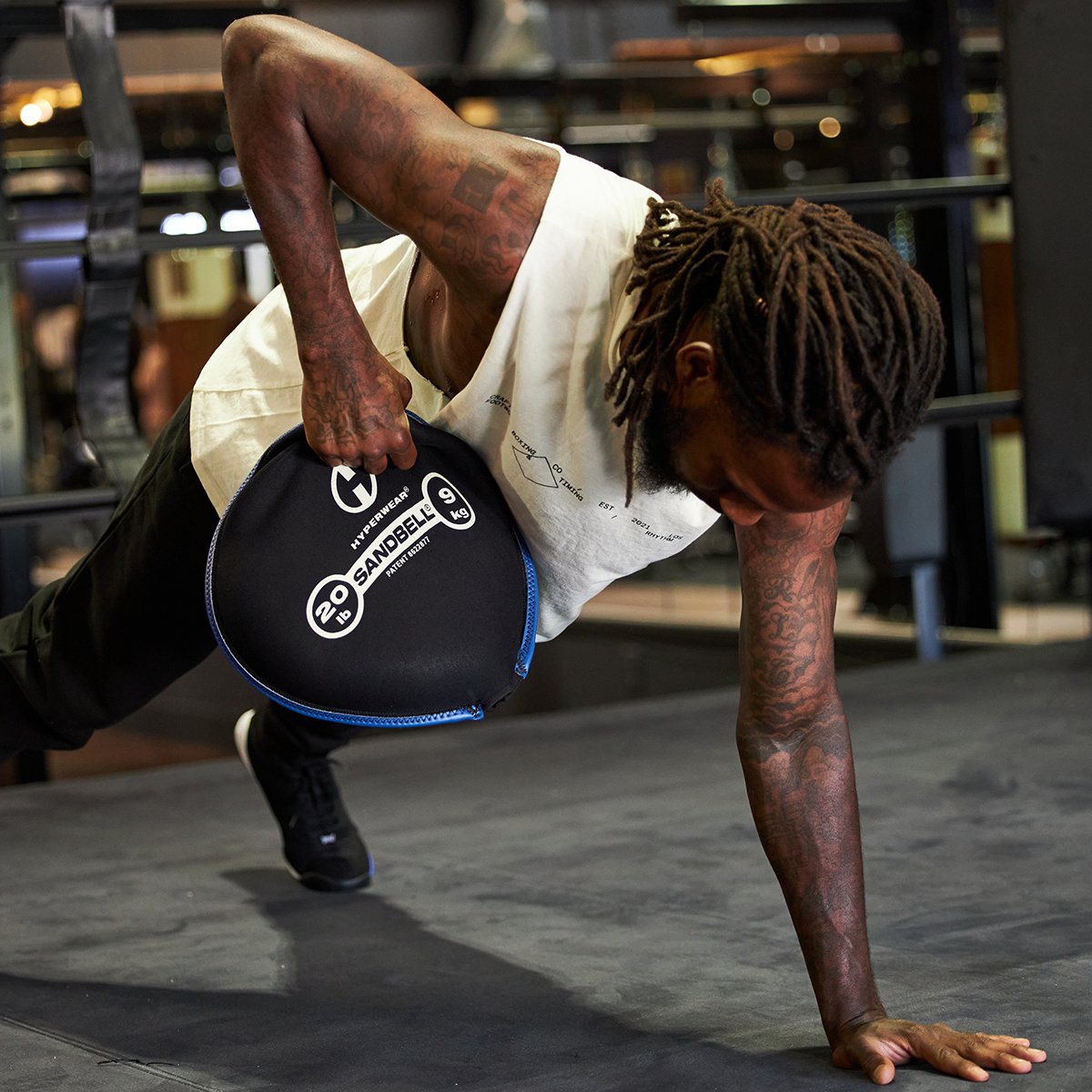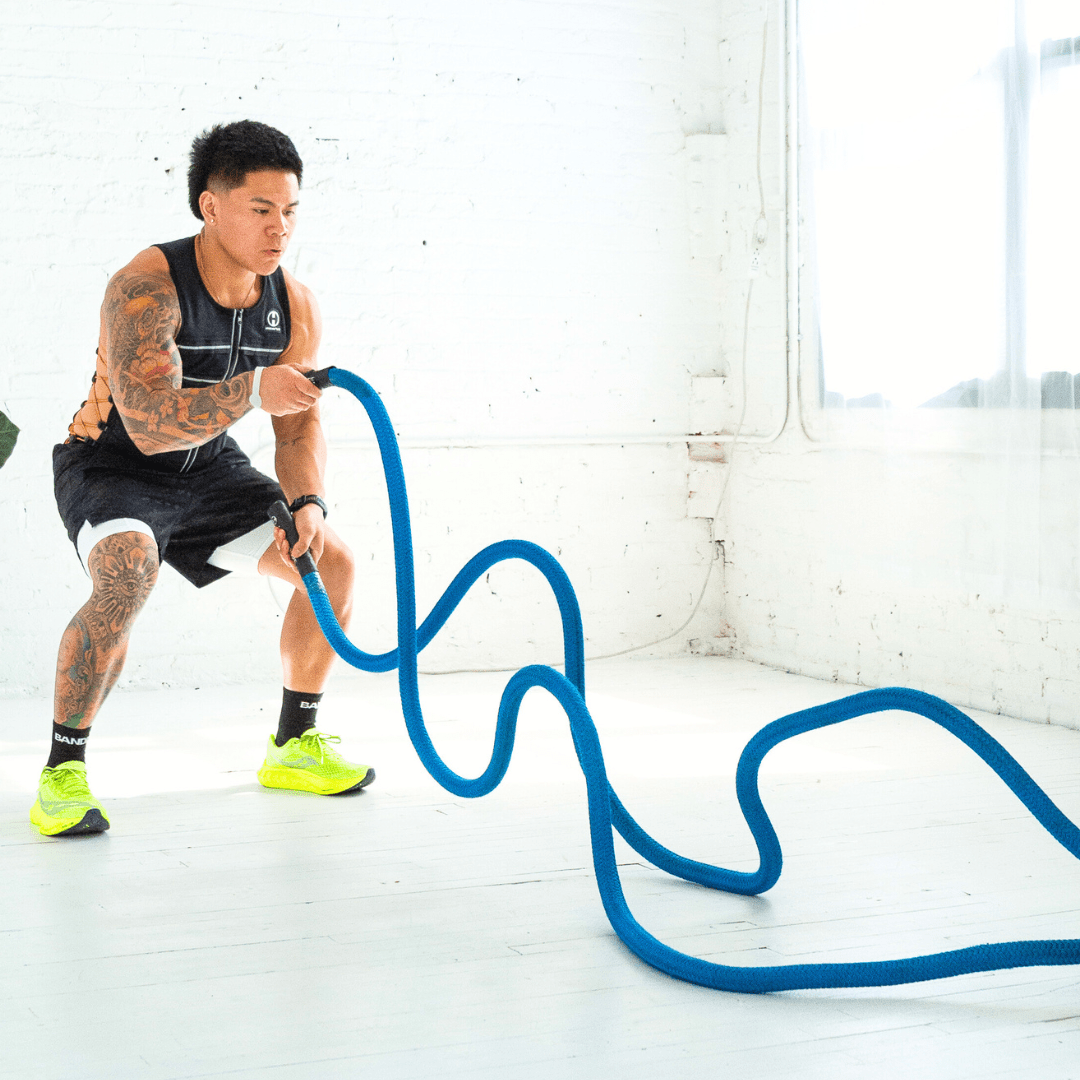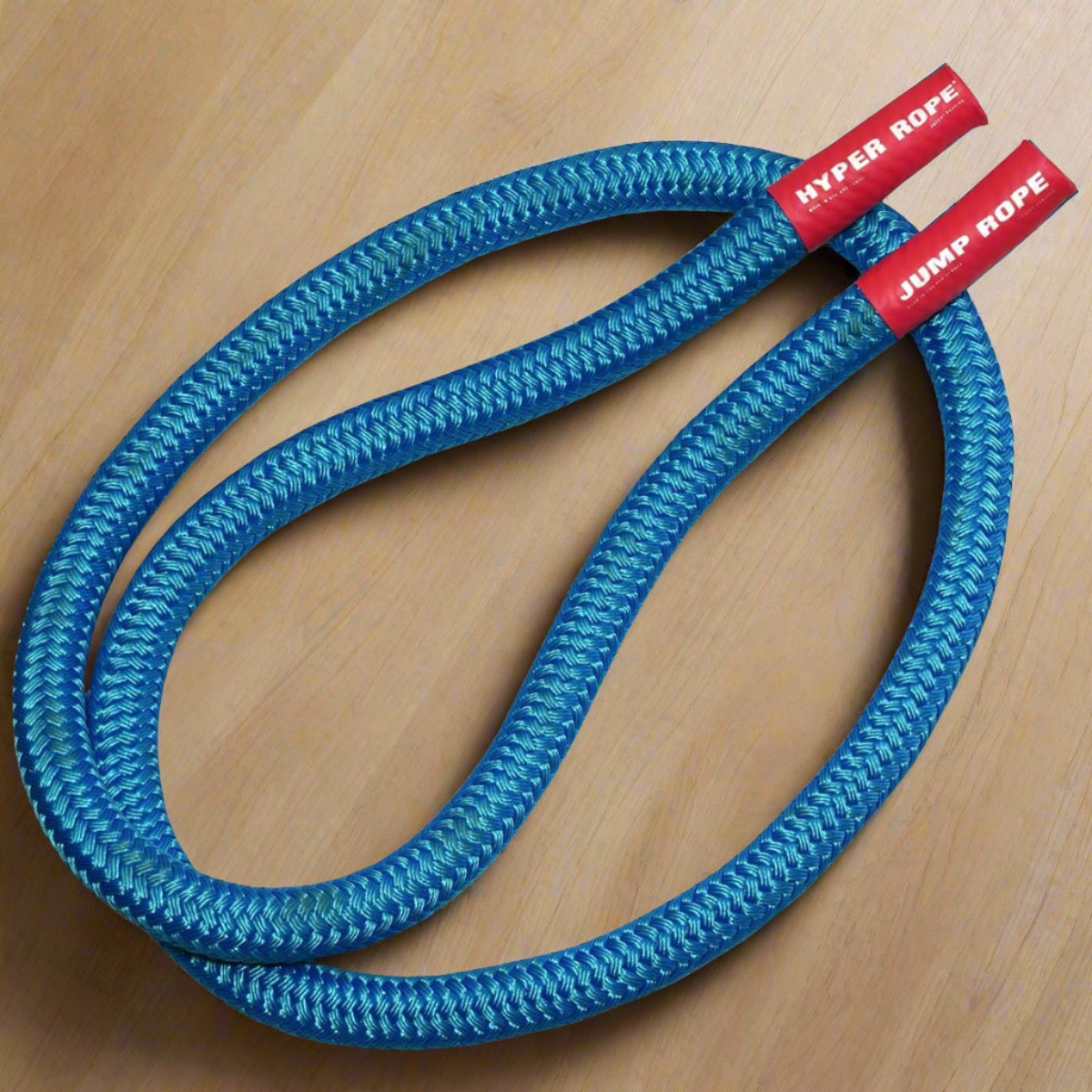SandBell Sandbag Training | Crash Course By Sam Dowd
While adding SandBell sandbag training into your
training routine will undoubtedly lead to new and innovative workouts, it is important for every SandBell sandbag training fanatic to take the time to familiarize themselves with the broad versatility of the product to truly make the most of their SandBell sandbag training. Whether you’re a trainer, coach, athlete, or an everyday gym patron, this article is designed to function as an instruction manual of sorts for how to step up your SandBell sandbag training.
An excellent way to start working with SandBells is to integrate them into a
dynamic warm-up routine. While some fitness enthusiasts choose to forego a dynamic warm-up for times' sake, allowing 5-10 minutes to elevate tissue temperature and prepare your muscles for movement patterns in your workout will prove to be very advantageous, and help to prevent injury. Incorporating the
SandBell into your dynamic warm-up will serve to facilitate this transition period from resting to working at the onset of your workout. Using lightweight SandBells will allow you to adjust to the feel of the product. As the weight is dynamic in nature, controlling the shifting sand will utilize additional muscles throughout the body, and as a result you will burn extra calories in your warm-up.
While every body is different, generally speaking, a dynamic warm-up serves to simultaneously stretch and strengthen muscles in the thoracic portion of the spine, hips and ankles. An excellent way to use the SandBells to warm-up the muscles in the thoracic spine is by performing a series of arm drivers. To perform the arm drivers, use 2 lightweight SandBells (4 or 6 lbs.), stand in a staggered or base stance and keep your abdominal muscles tight. Next, take each arm through a series of reaches across the midline of the body. These arm drive/reaching actions will warm-up the muscles responsible for driving rotational movements.
Upon completing a series of reaches with rotations and varied stances, you can transition to reaches
in front of the body and behind the ears or to either side of body. As your forearm muscles work to control the dynamic, shifting weight of the SandBells, the muscles of the thoracic spine and abdominals are working overtime as well to control the flexion and extension that occurs in these forward/backward or lateral movements.

Additionally, you can incorporate the SandBells into
lunge patterns in order to recruit muscles in the hips, abdominals, and ankles. Performing lunges with rotations or lateral reaches will provide your body with resistance in a three dimensional fashion, and will in turn better prepare you for an intense bout of resistance training with, you guessed it, MORE SANDBELLS!

SandBell Push UP
Once your muscles are sufficiently primed for a SandBell workout, you can crank up the intensity with heavier SandBells, and transition into upper body movement patterns. The possibilities are endless when it comes to upper body training, but the following exercises should continue to reinforce the notion of the SandBell being utilized as an all-purpose upper body strength builder. Start by trying out row variations that will fire up the shoulders, lats, abs, and of course, your grip, wrist and forearm muscles. Try using SandBells in bent over rows, staggered stance rows, upright rows, or in a prone row. You will quickly find that using a SandBell, versus a dumbbell, will recruit more muscles and supercharge your upper body training.
Since SandBells can be dropped or thrown without the risk of injury that’s associated with dumbbells or weight plates, you can experiment with SandBell press variations in order to develop explosive strength through the shoulders and chest. If someone can join you in your workout, try incorporating partner presses or side throws. While you are refining and expanding your upper body training regimen with these presses and side throws, you will also improve reaction speed and proprioception.

SandBell Front Squat
As a continuation of the lower body SandBell movements performed in your dynamic warm-up, you can perform squats, lunges, and explosive lifts with the SandBell to develop additional strength through the hips and thighs. While there are countless
lower body exercise patterns that work seamlessly with the SandBell, starting with a simple squat is an excellent way to begin your lower body progression. Hold the SandBell in front of your body with your abs tight, and stagger your stance to recruit different muscles through the hips and thighs, or just stand with feet shoulder-width apart and toes turned slightly outward. You can also work through squat jumps or lunges with a leap to burn additional calories and challenge muscles as they work to control the shifting bag of sand.
Any of the workouts in this article can be tweaked to work the upper and lower body to create exercises that keep the kinetic chain moving in a seamless and integrated fashion. Try incorporating slams or throws with any of the squat or lunge variations to tax the back, shoulders, abs, and hips.
Regardless of your goals with SandBell training, there are countless ways to include the versatile
SandBell in your workouts. The aforementioned uses can be considered a SandBell crash course, but rest assured there are many more ways to grip, lift, throw, or slam your way to fitness with any sized SandBell! As always, the
Hyperwear training blogs and resources are here to help you
get the most out of your workouts! Cheers! Happy lifting!
About Sam Dowd
Sam Dowd is a graduate of the University of Texas at Austin and currently a personal trainer at
Mecca Gym and Spa and the Four Seasons residences. Sam’s skill lies in his ability to work with and transform every type of client with a range of health and fitness goals. While Sam works with any client regardless of their health background, his passion is working with clients to help them move more efficiently by implementing movement patterns that serve to realign the kinetic chain.
Sam is a certified personal trainer through the American Council on Exercise (ACE) and a member of the National Strength and Conditioning Association (NSCA). Through those associations, and his continued involvement with Hyperwear, Sam is able to bring his clients a synthesis of all the most current and functional strength training science in an accessible and accommodating format.
 Additionally, you can incorporate the SandBells into lunge patterns in order to recruit muscles in the hips, abdominals, and ankles. Performing lunges with rotations or lateral reaches will provide your body with resistance in a three dimensional fashion, and will in turn better prepare you for an intense bout of resistance training with, you guessed it, MORE SANDBELLS!
Additionally, you can incorporate the SandBells into lunge patterns in order to recruit muscles in the hips, abdominals, and ankles. Performing lunges with rotations or lateral reaches will provide your body with resistance in a three dimensional fashion, and will in turn better prepare you for an intense bout of resistance training with, you guessed it, MORE SANDBELLS!
 SandBell Push UP
SandBell Push UP SandBell Front Squat
SandBell Front Squat

